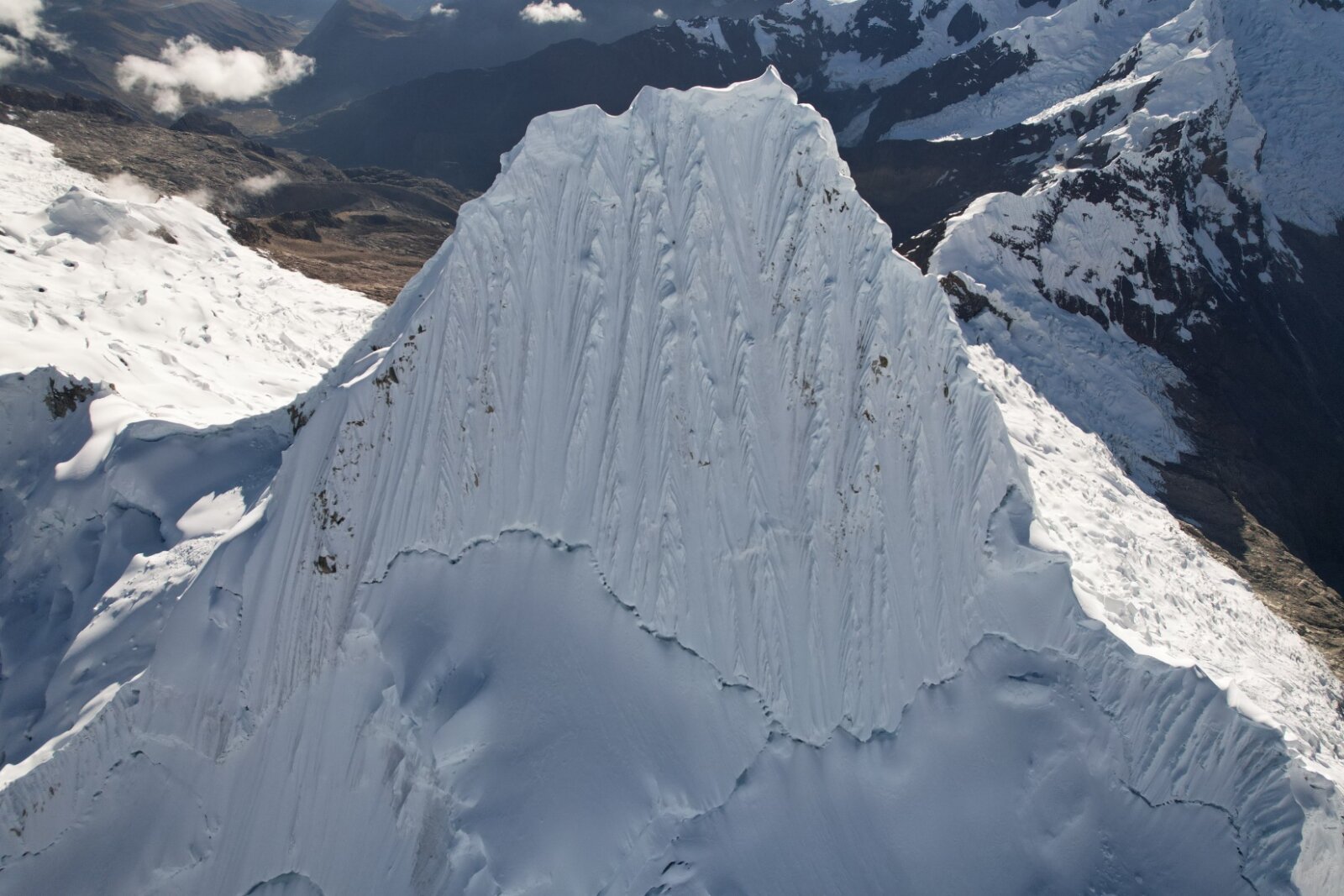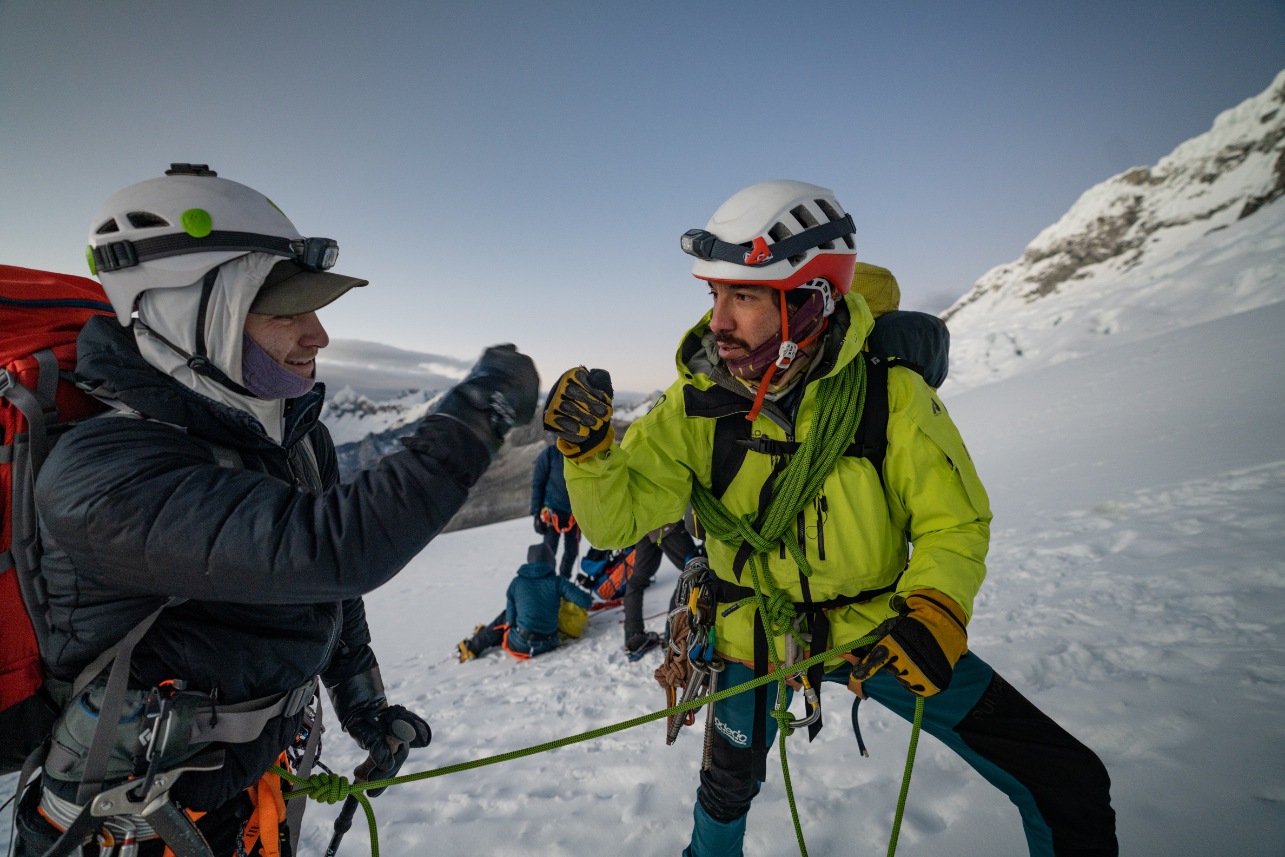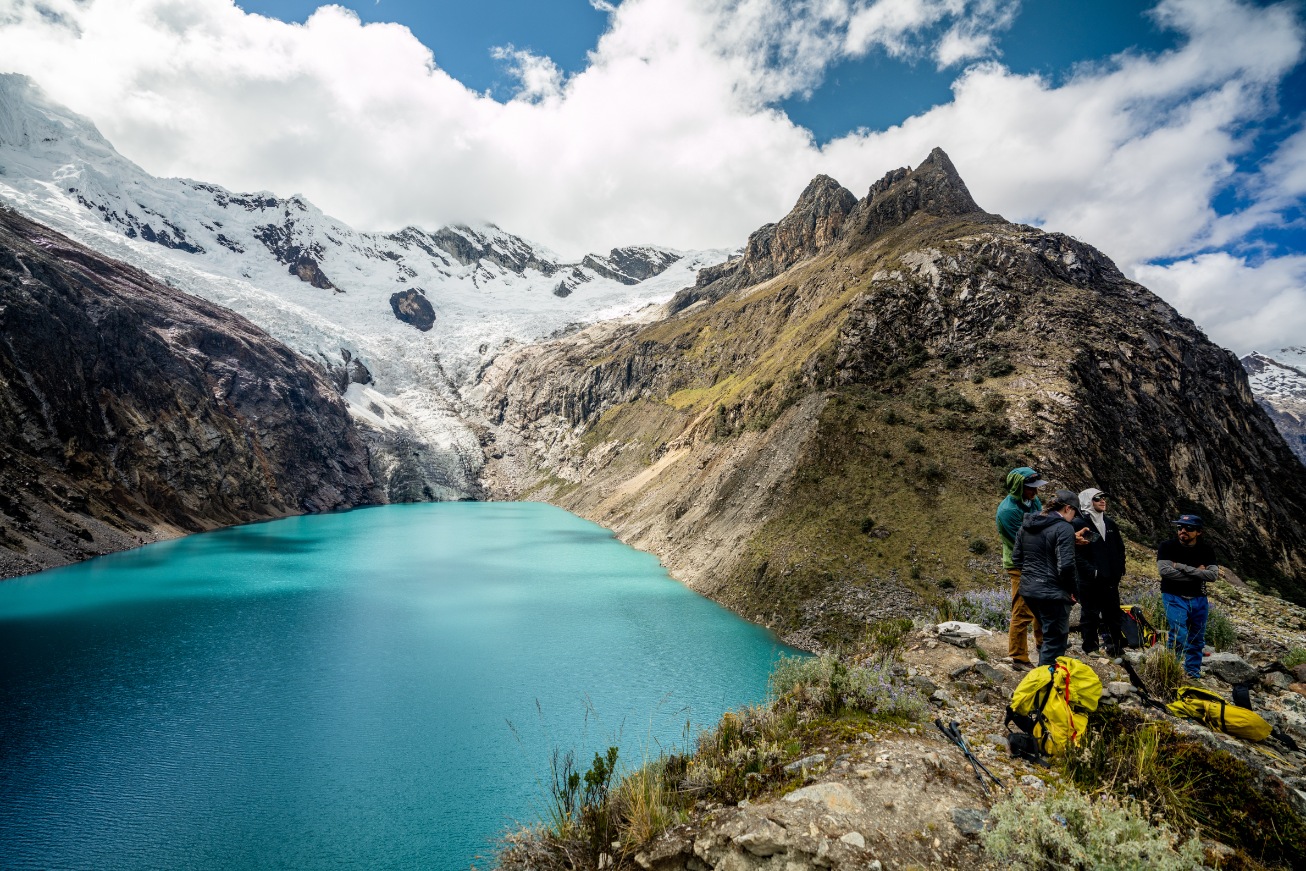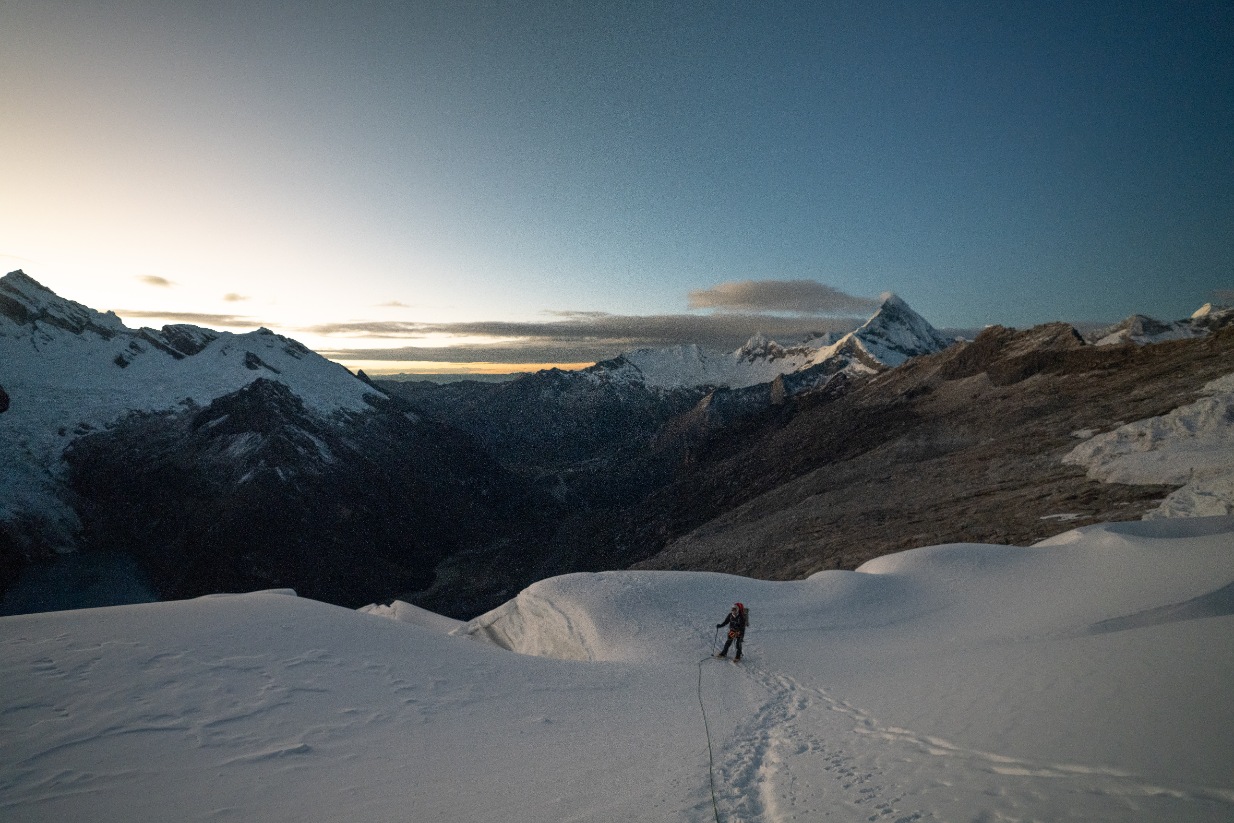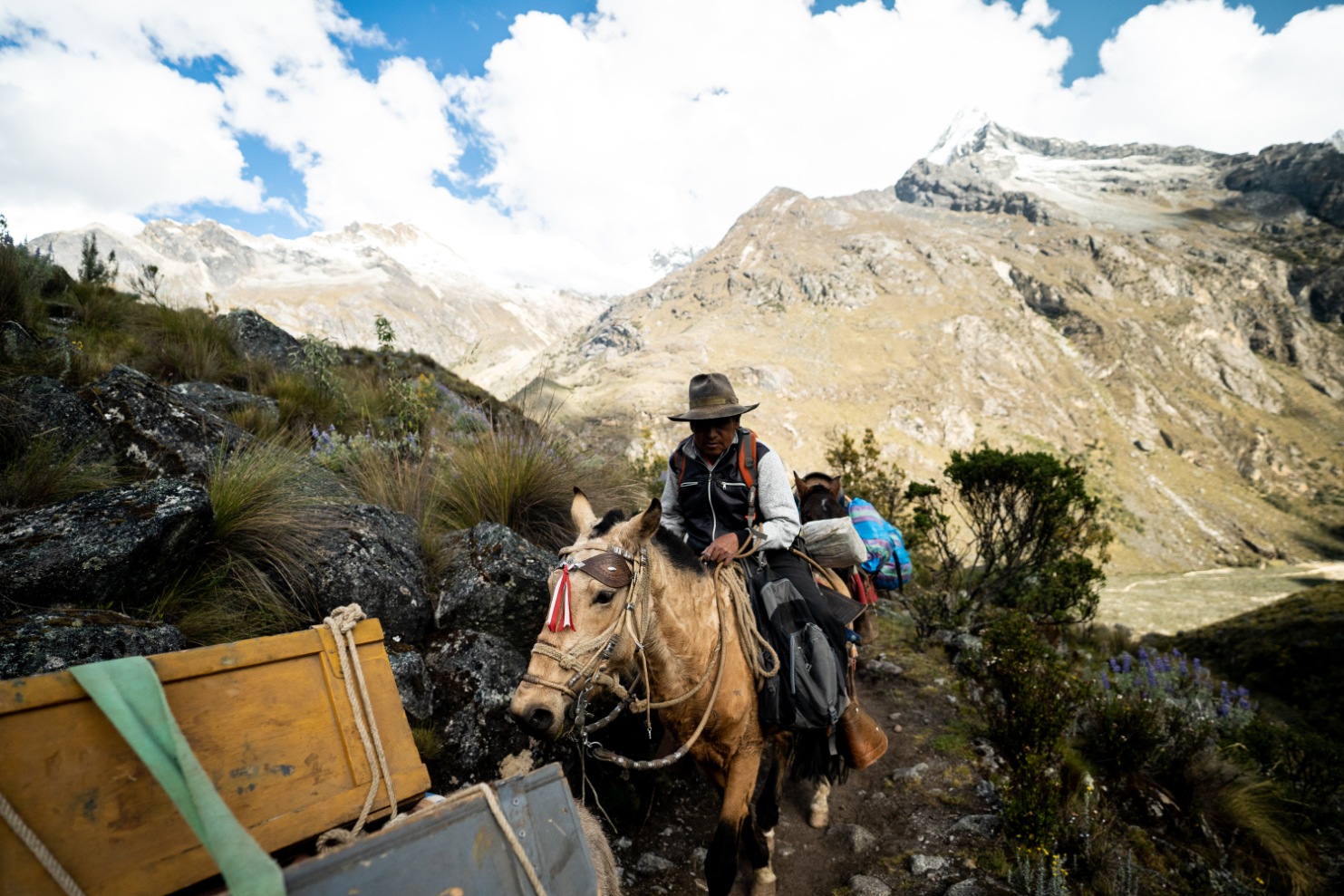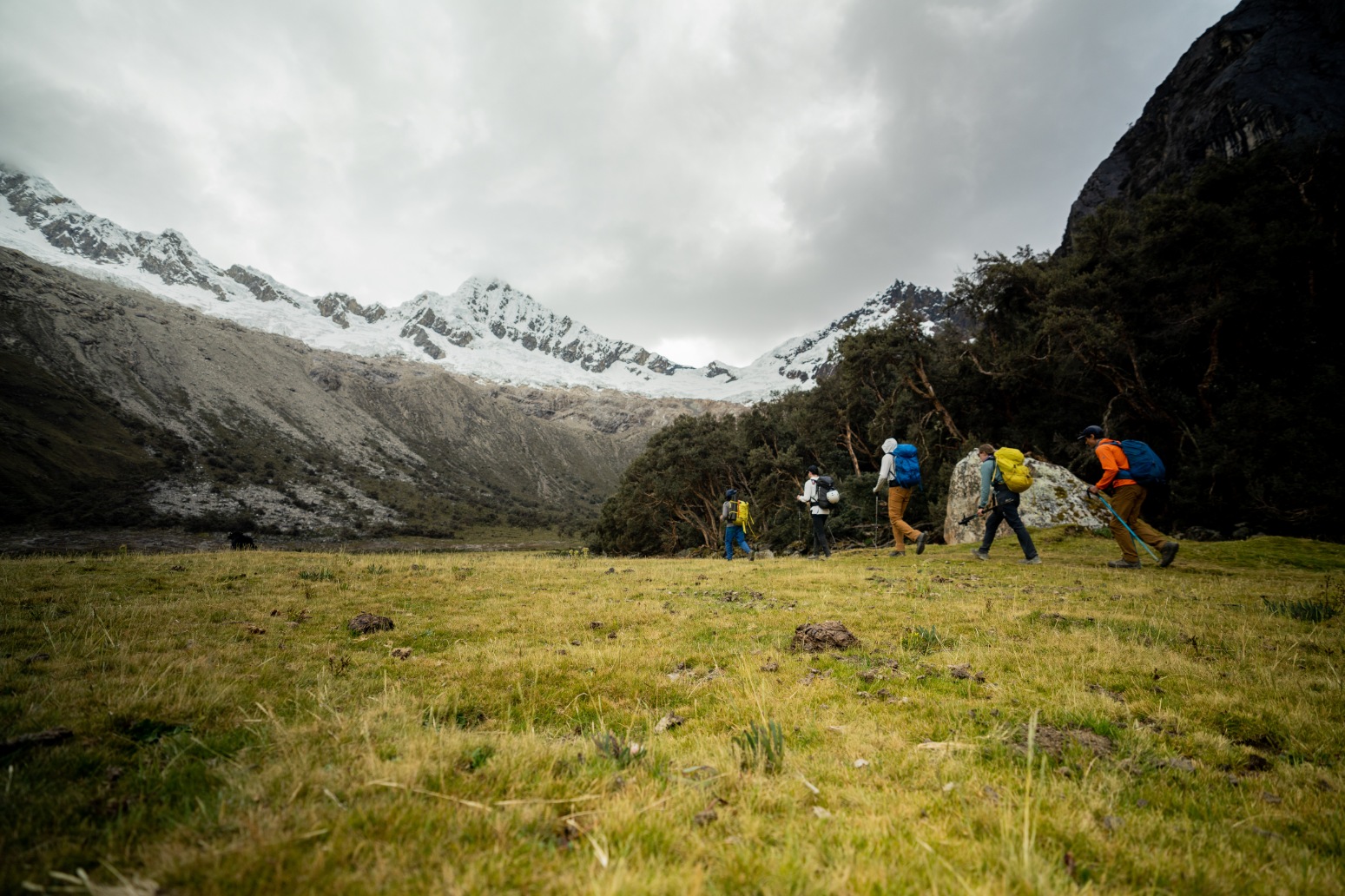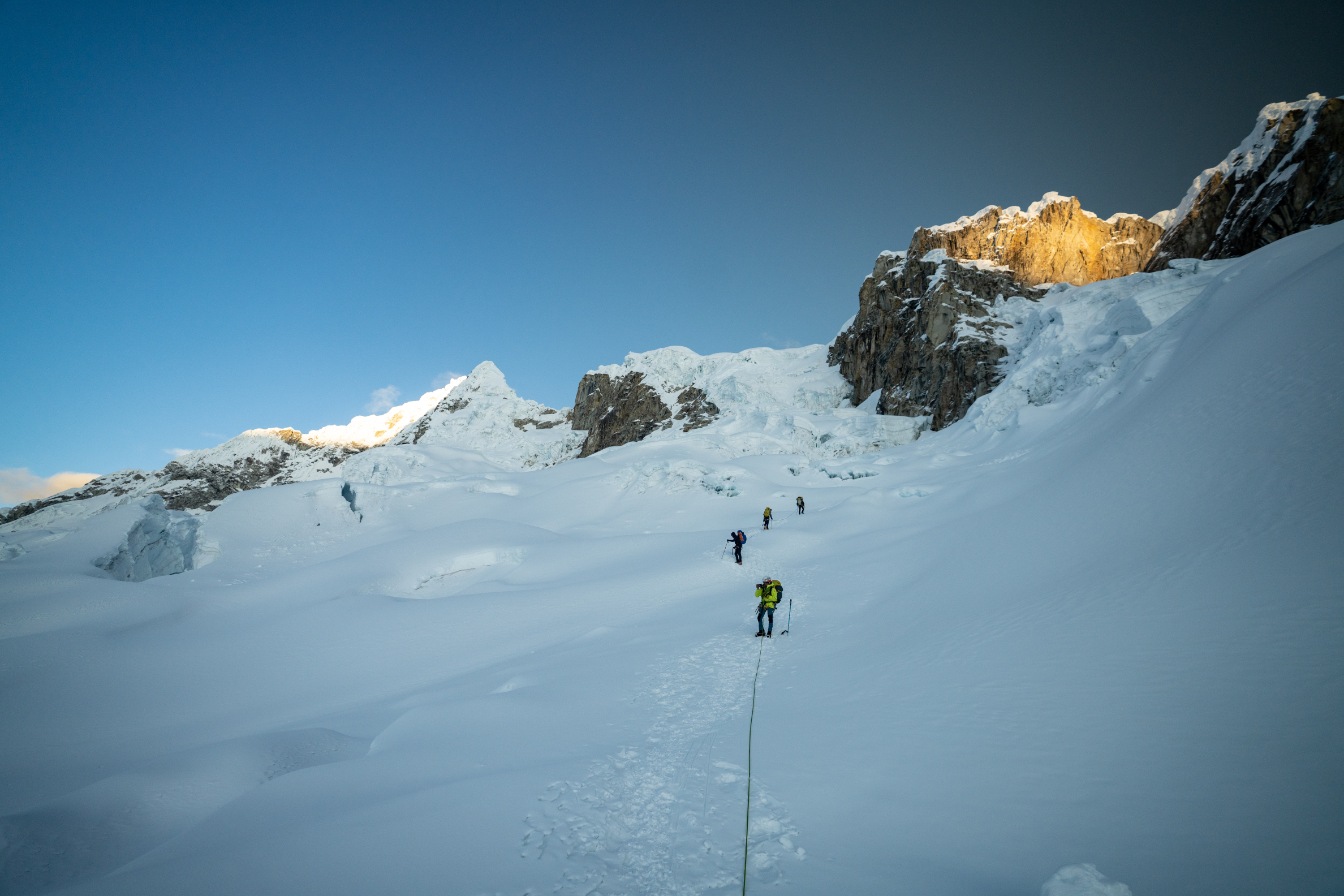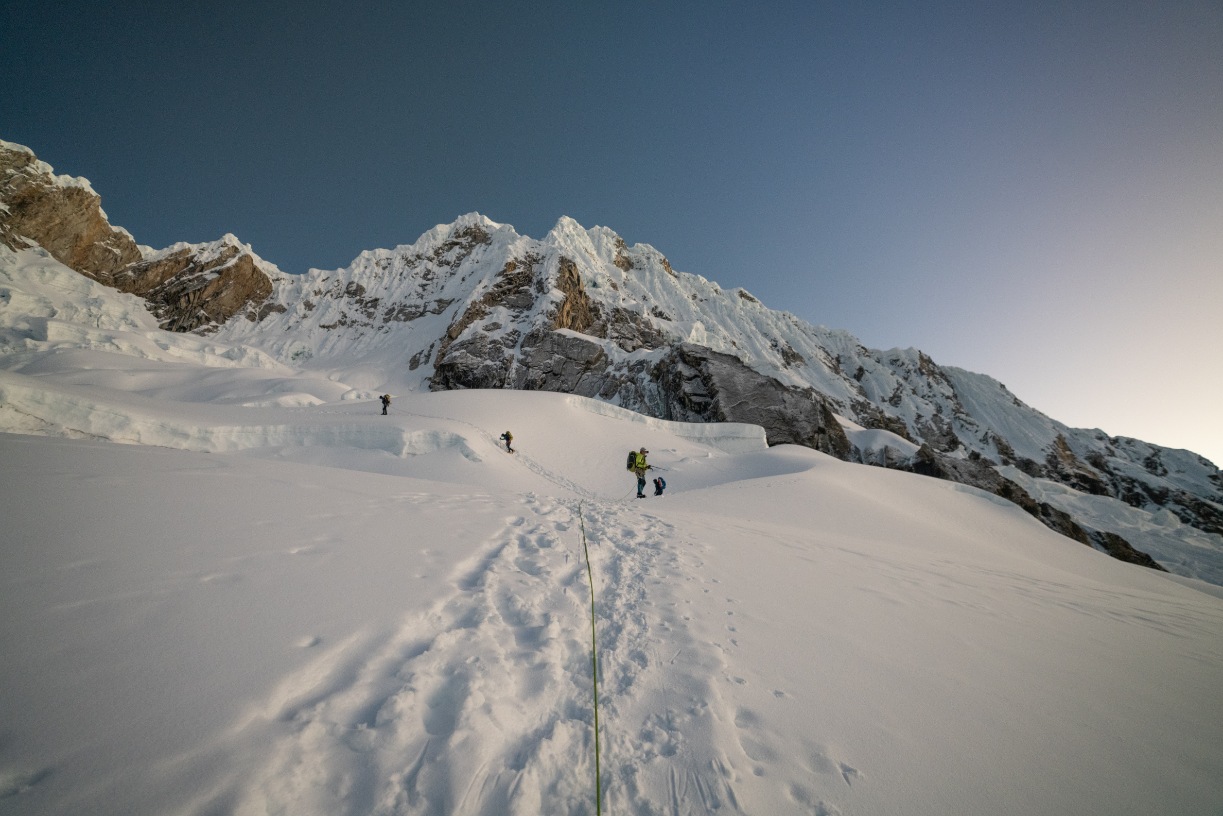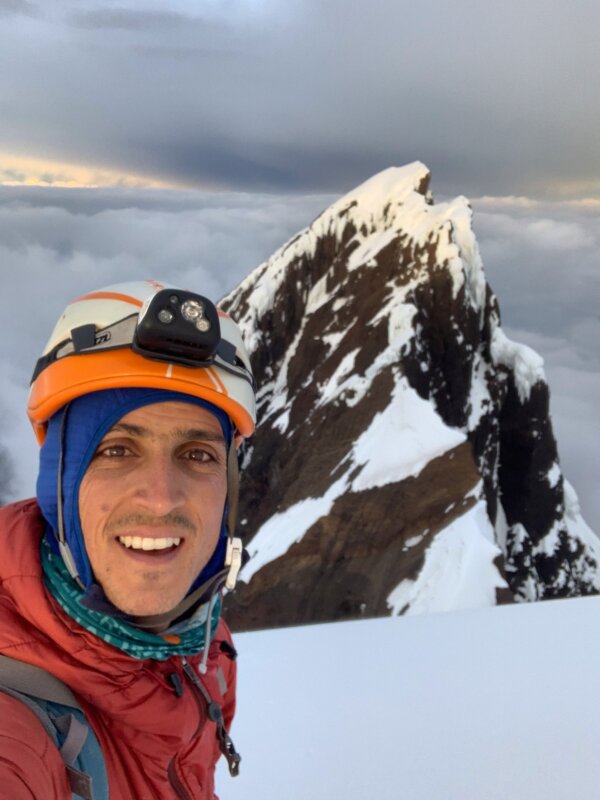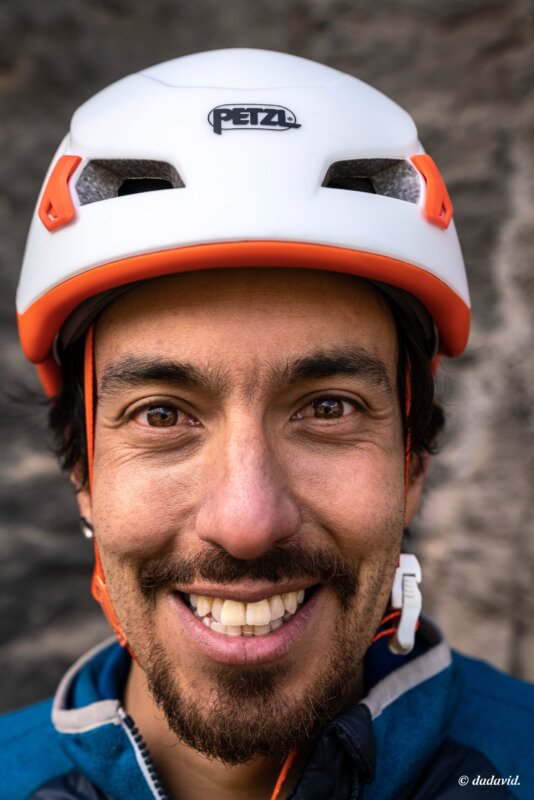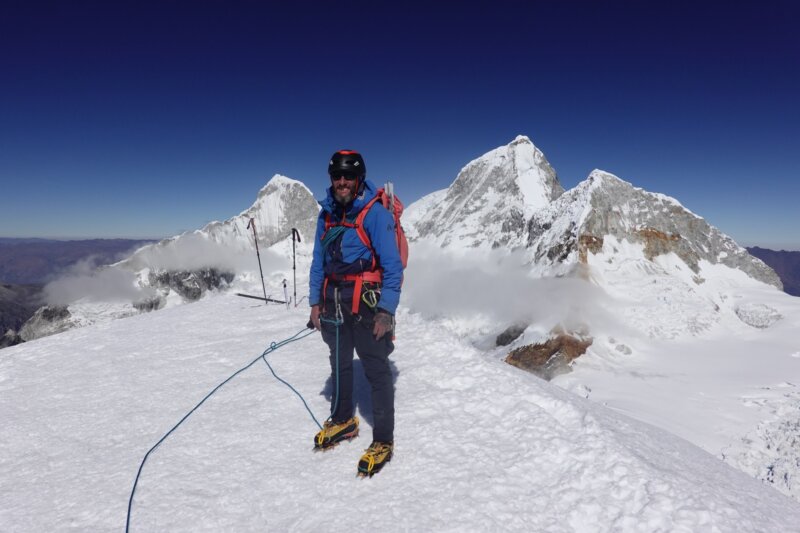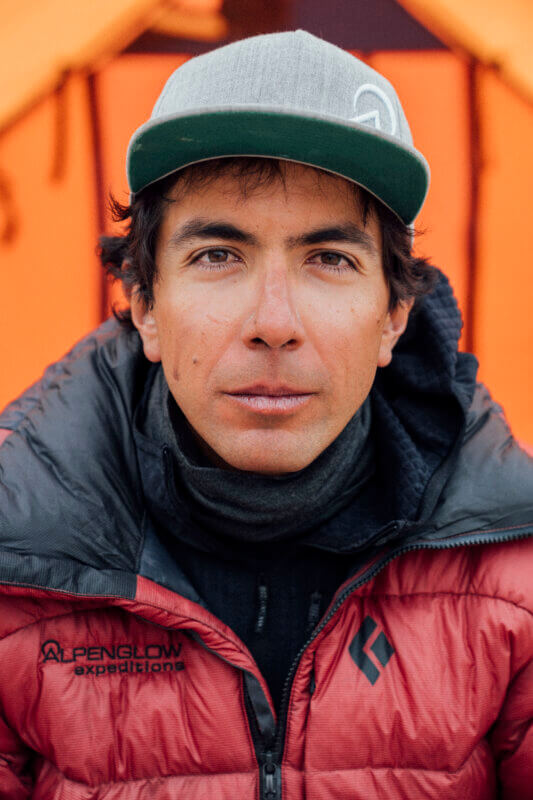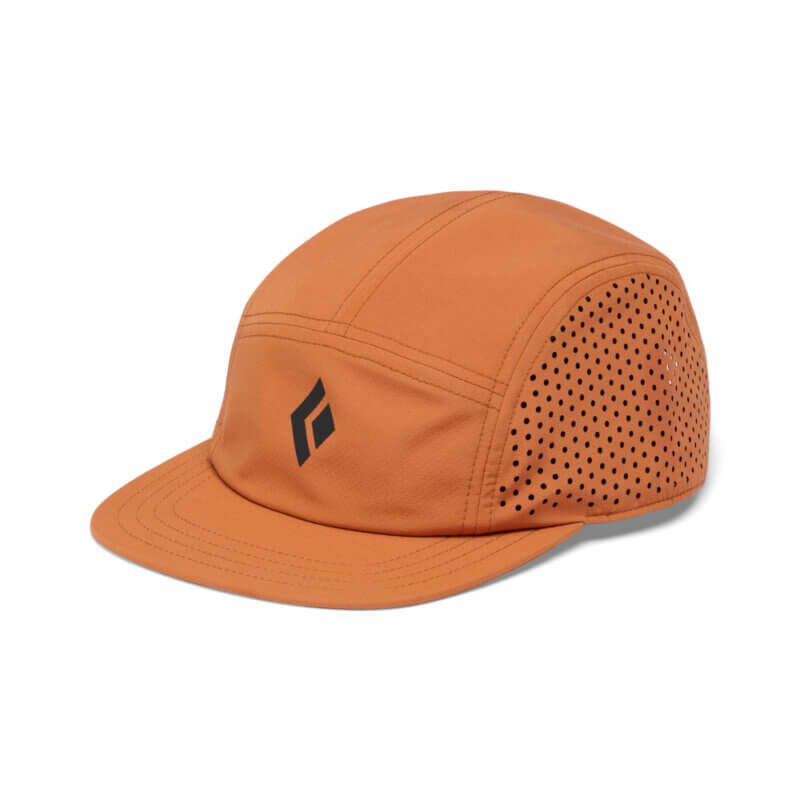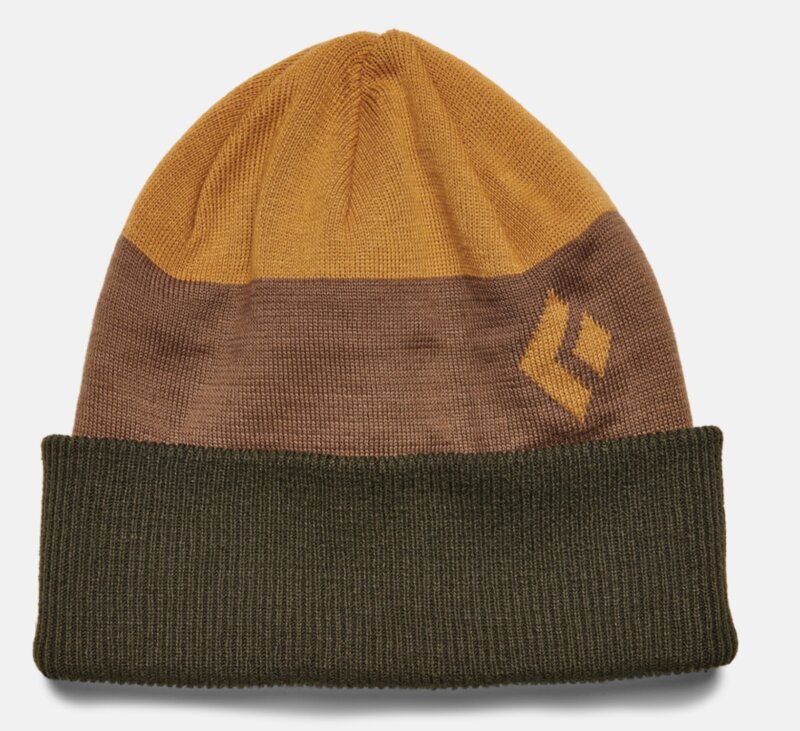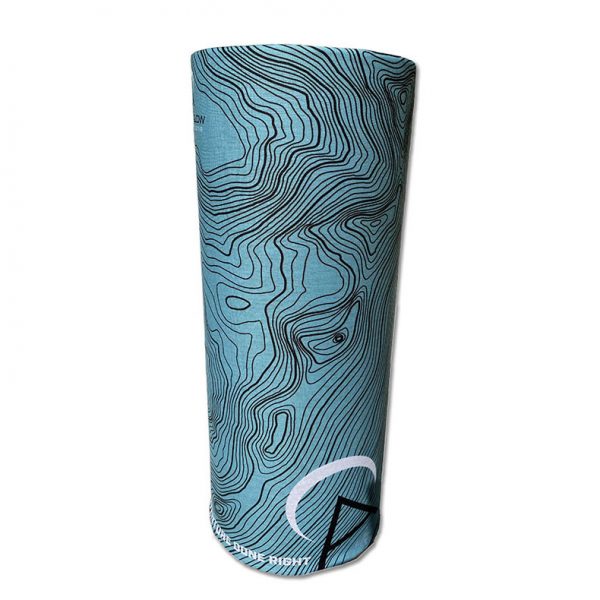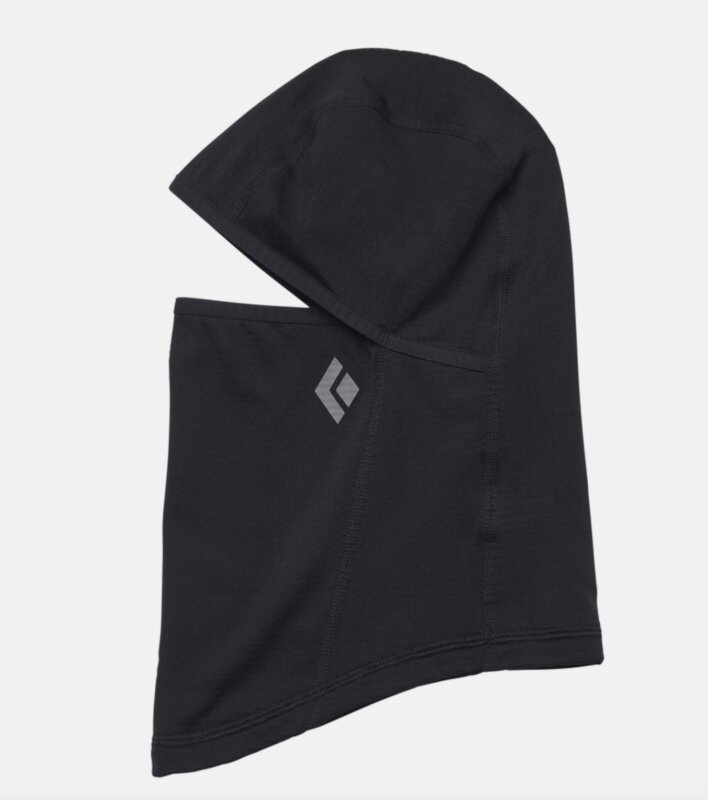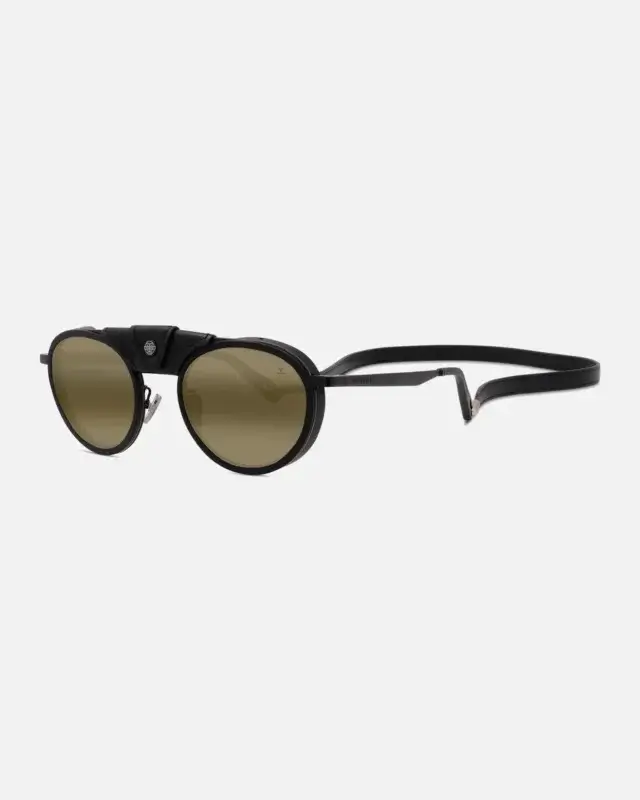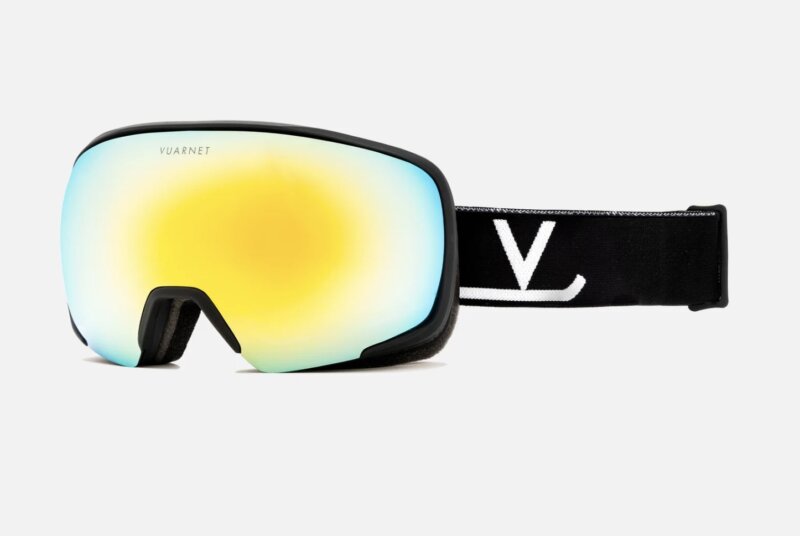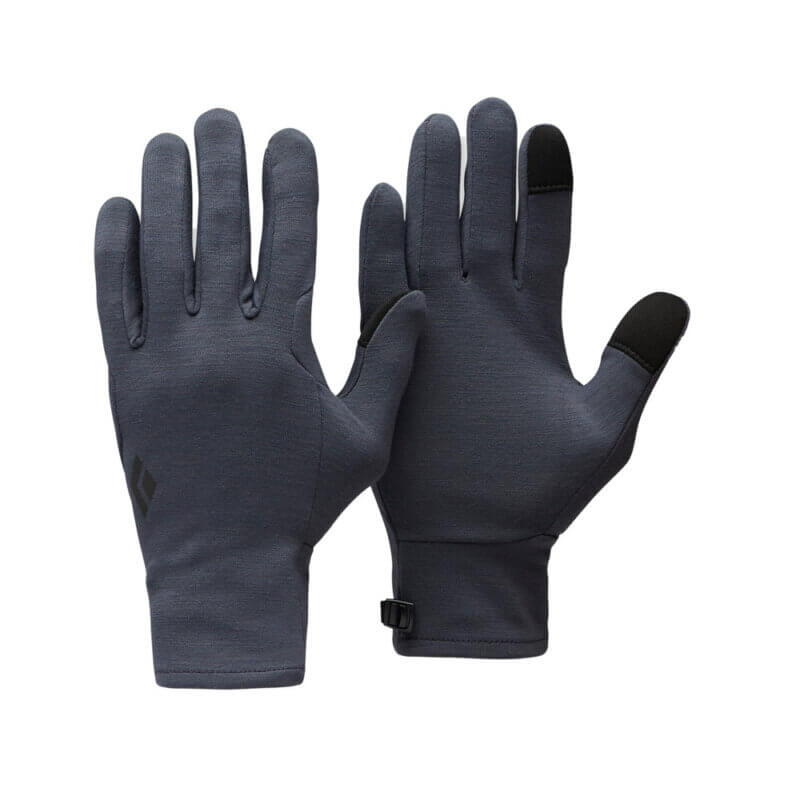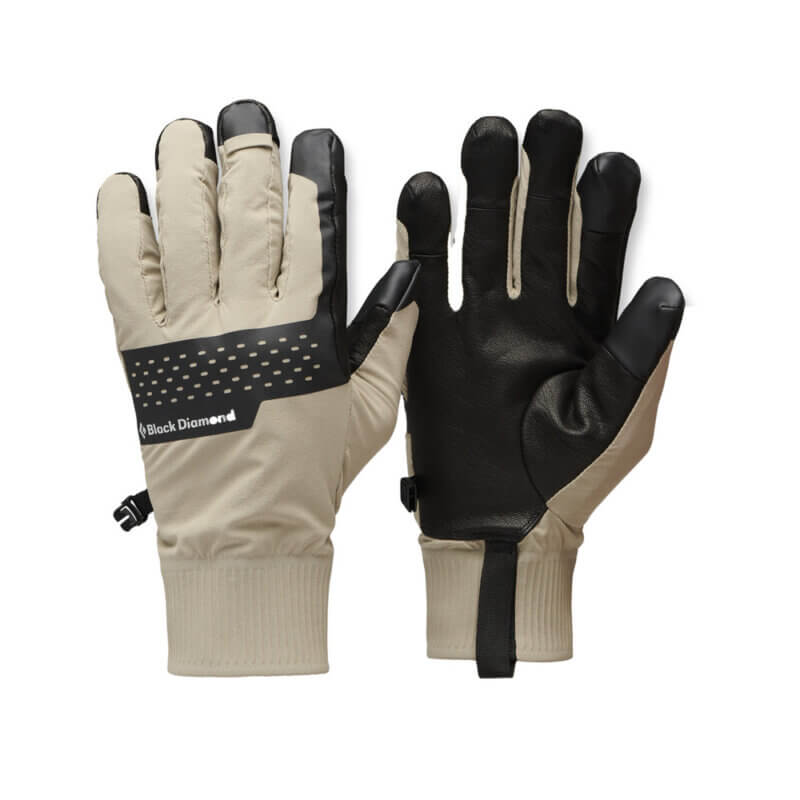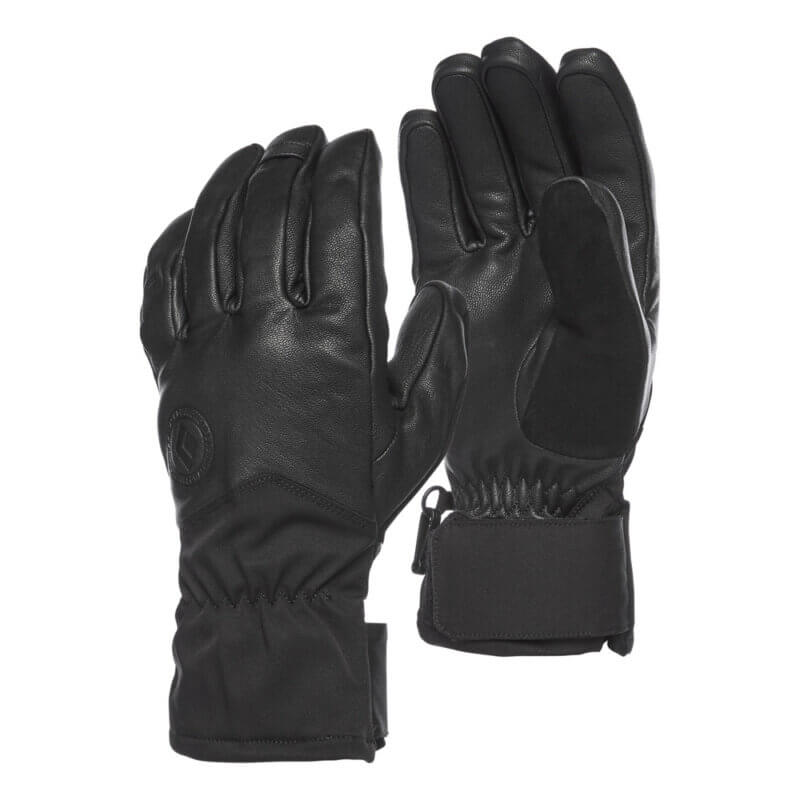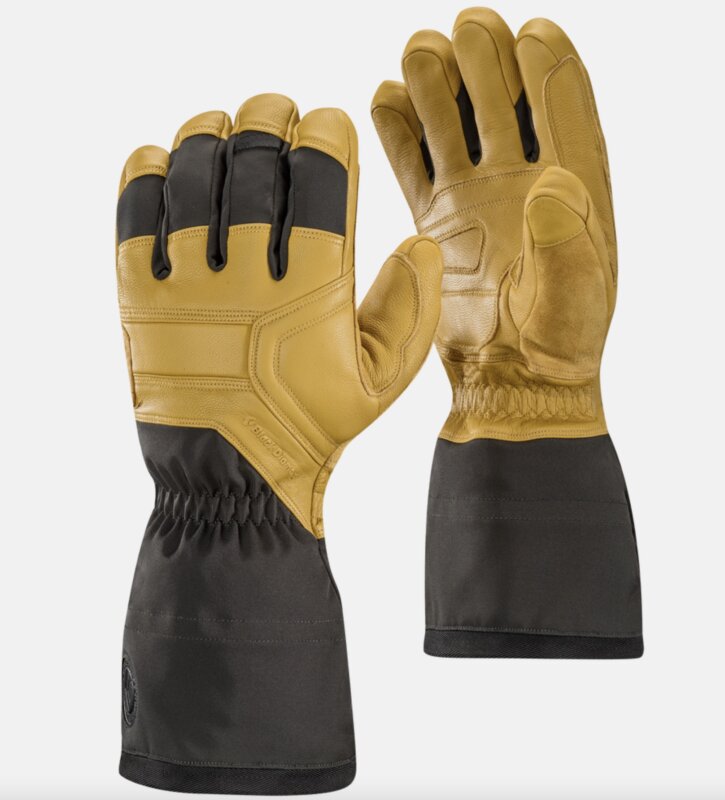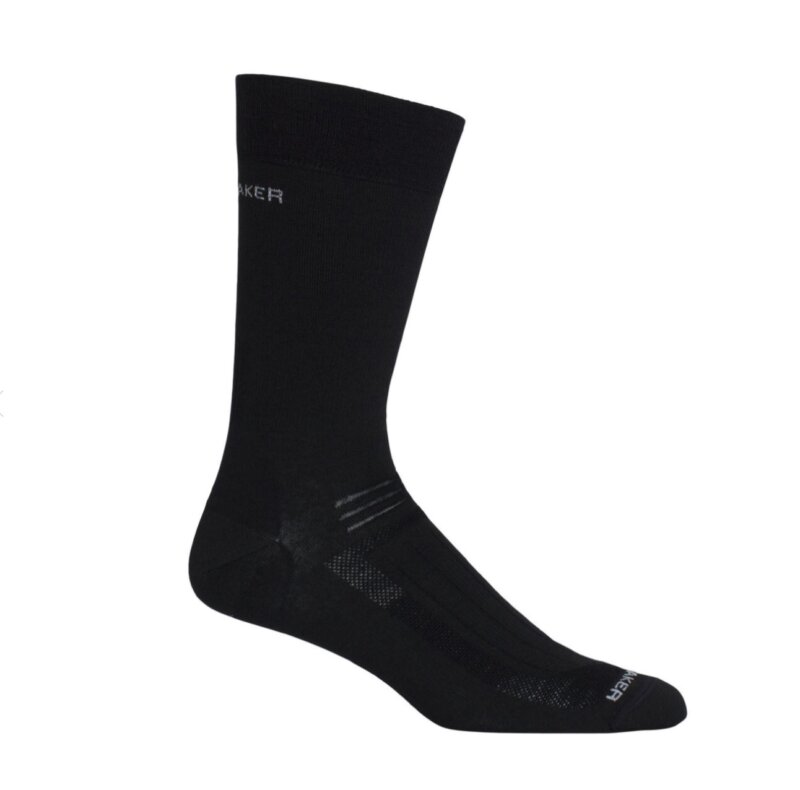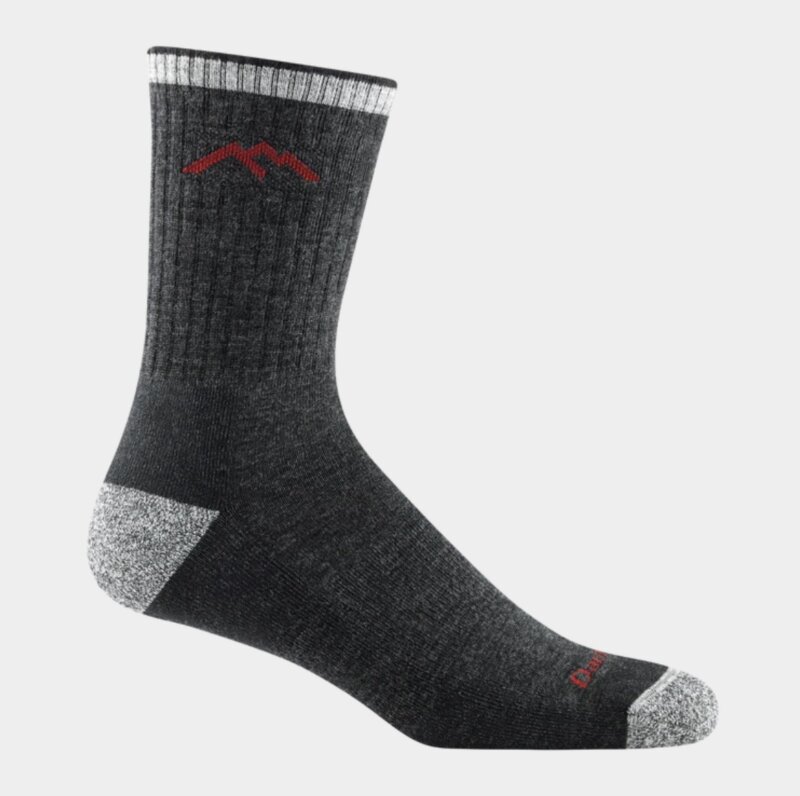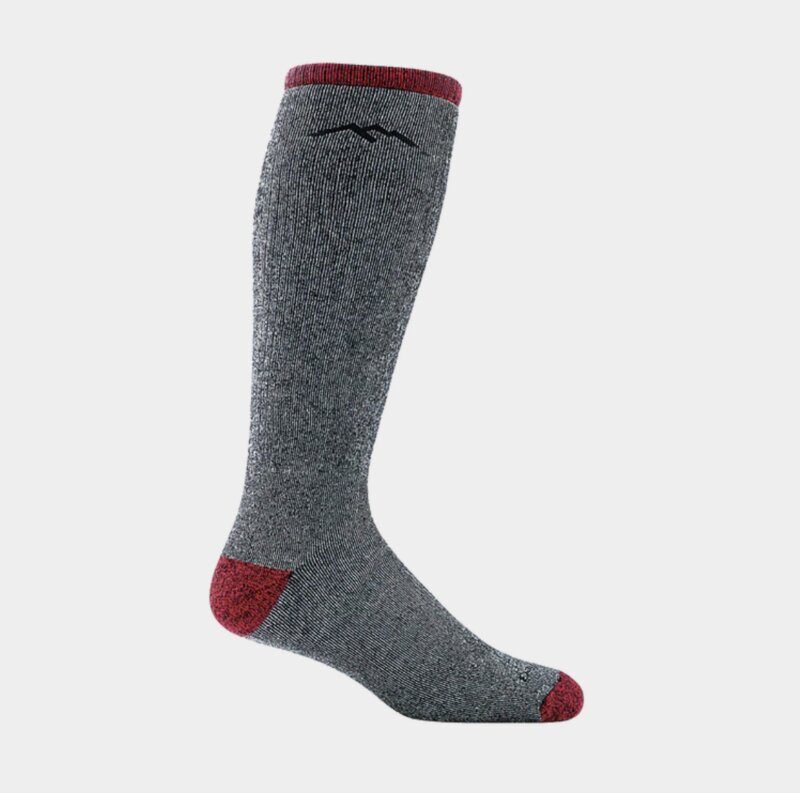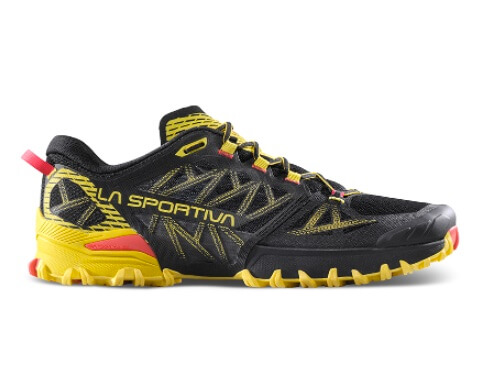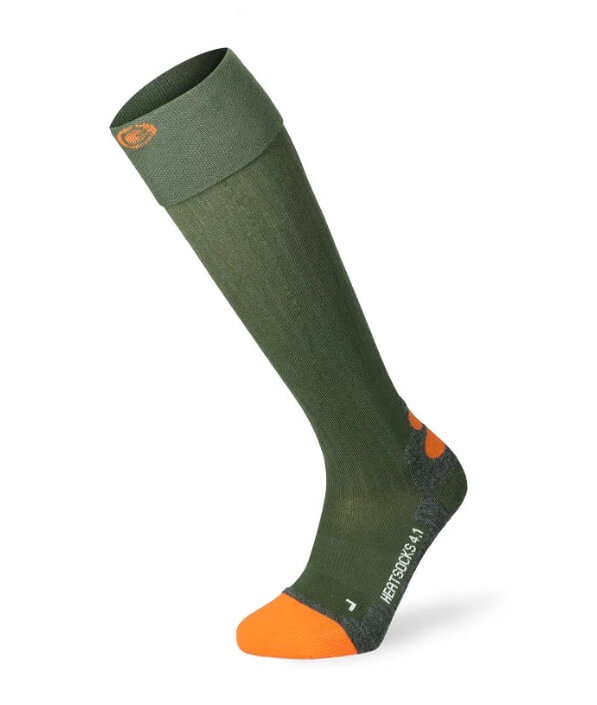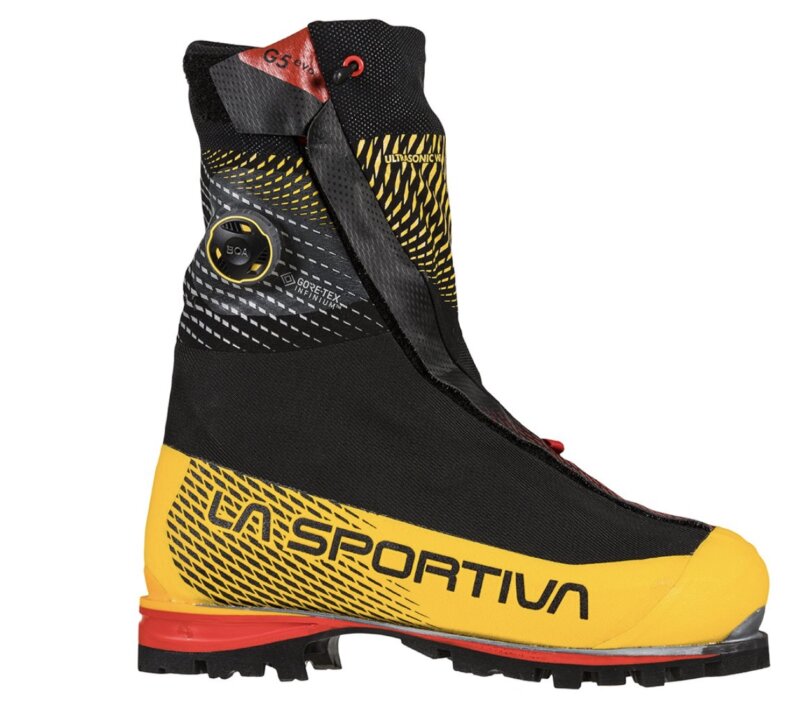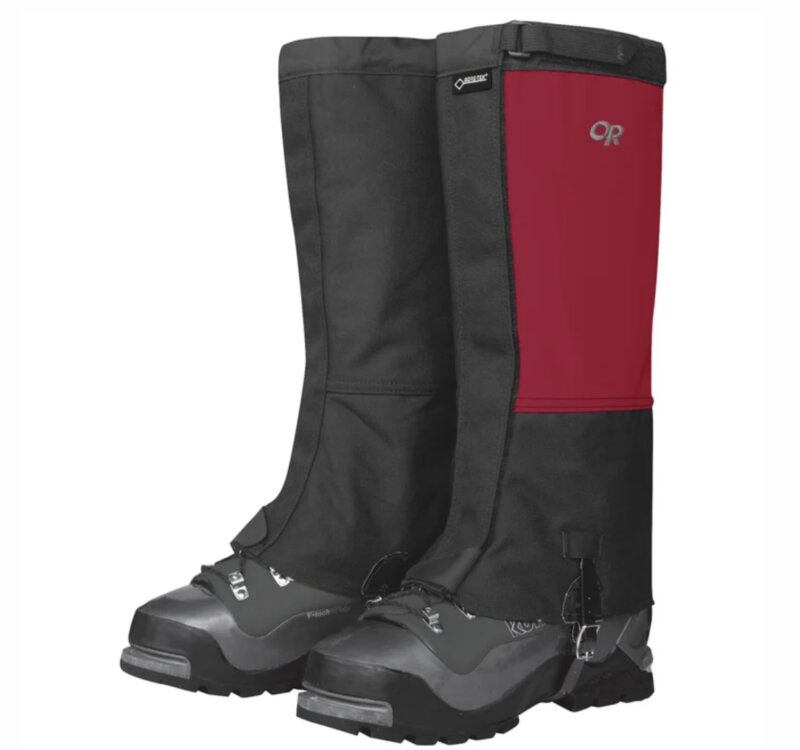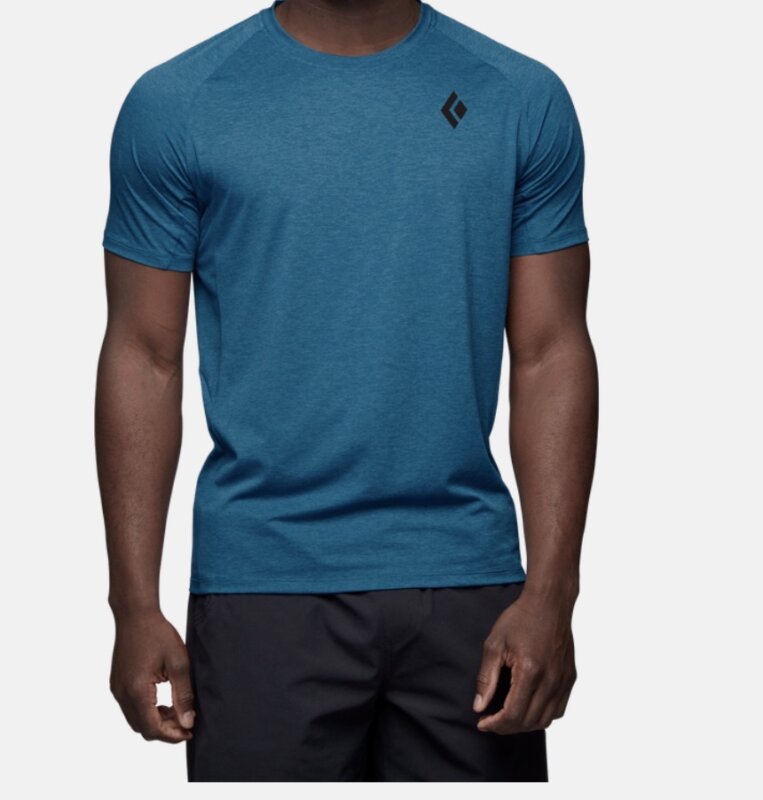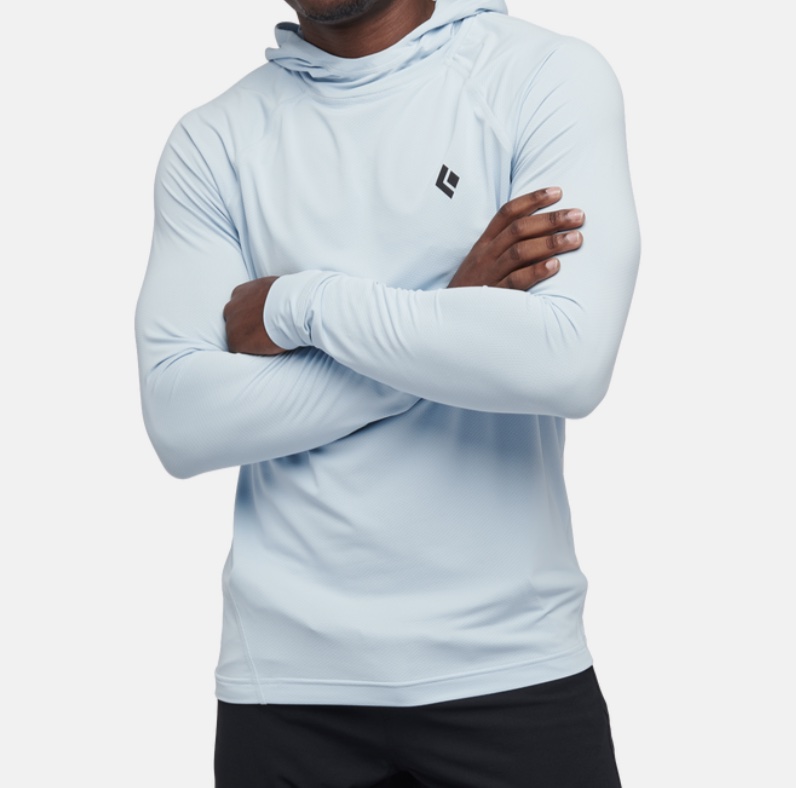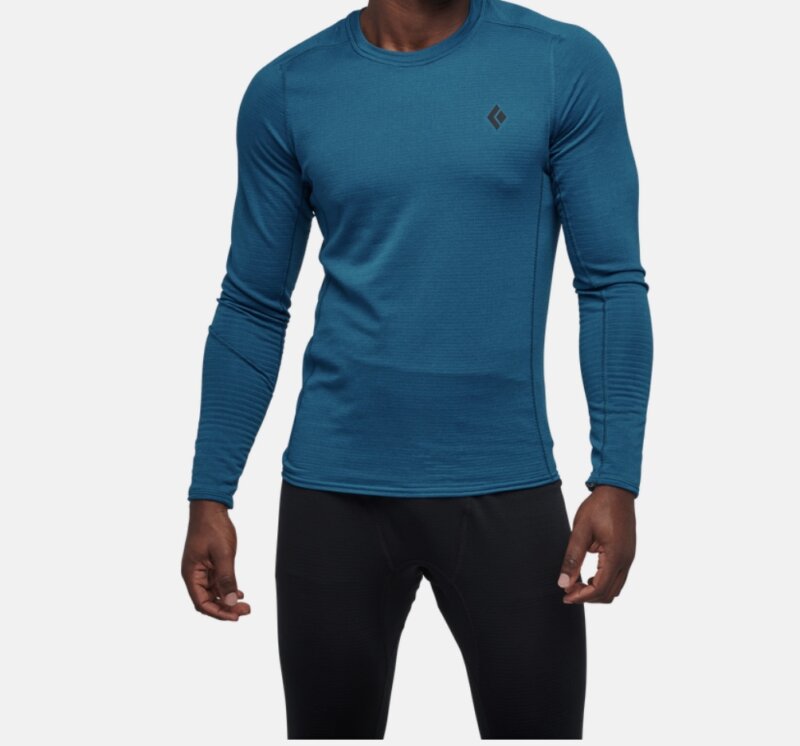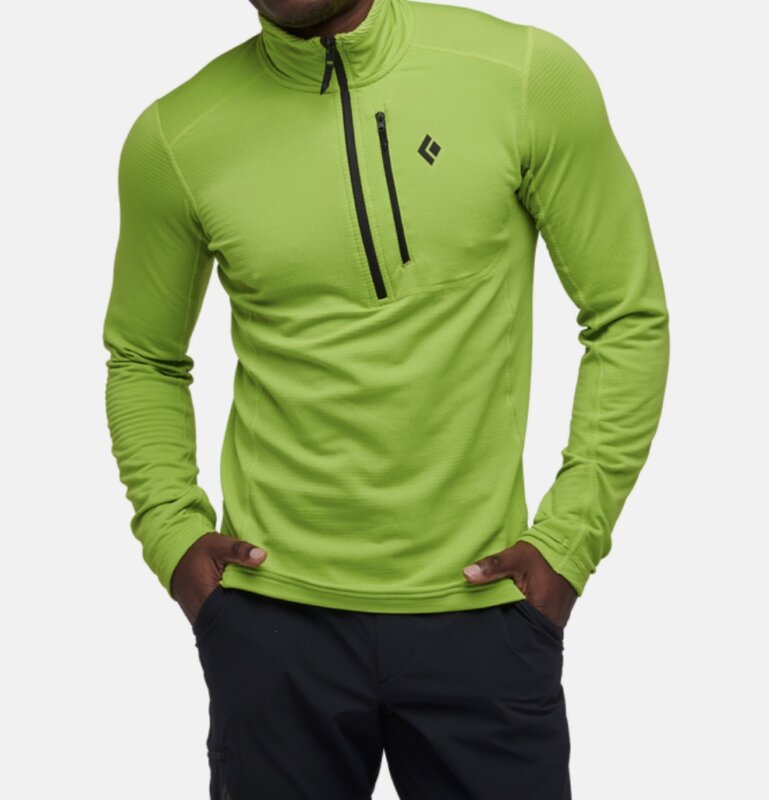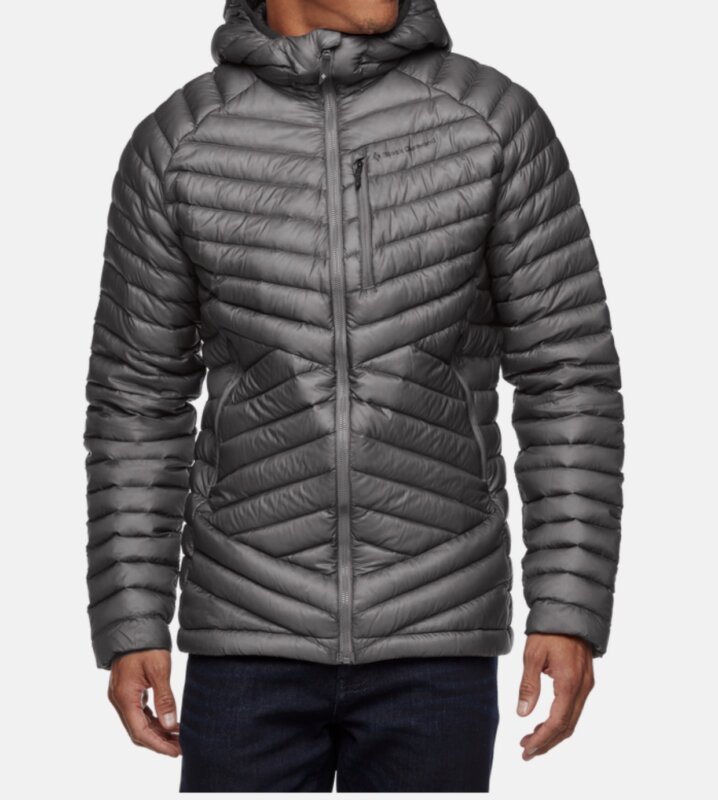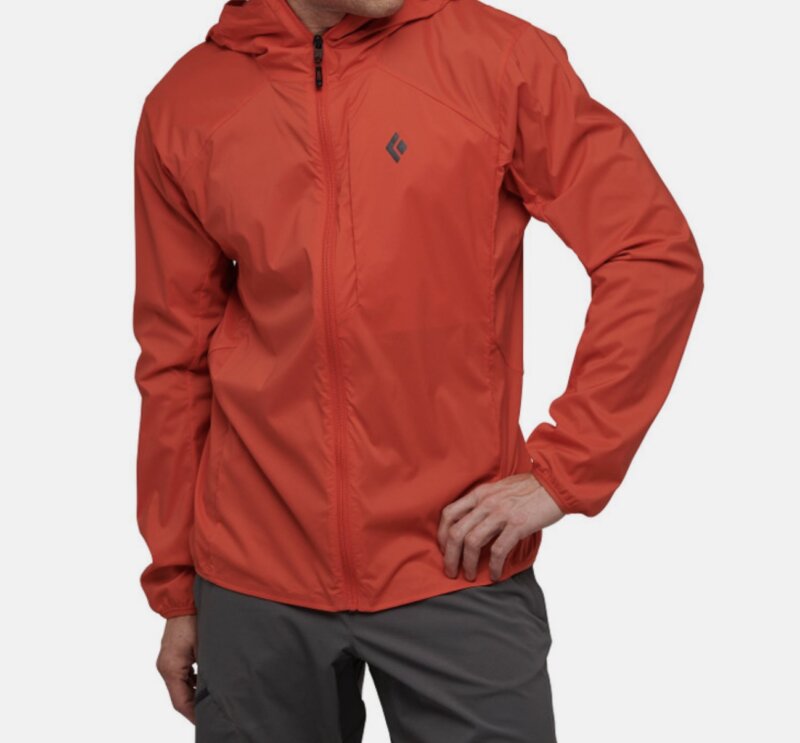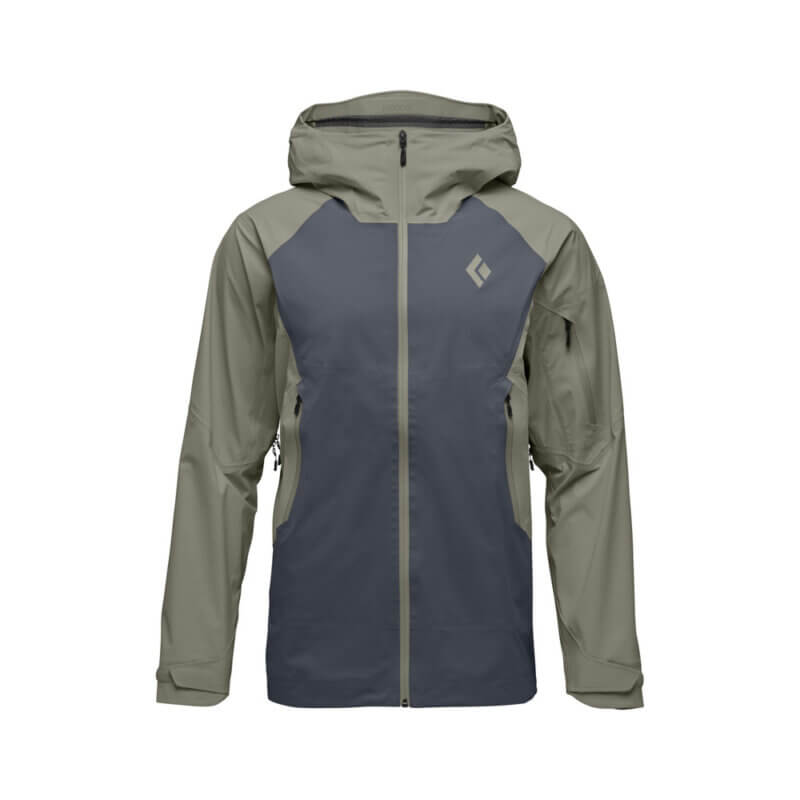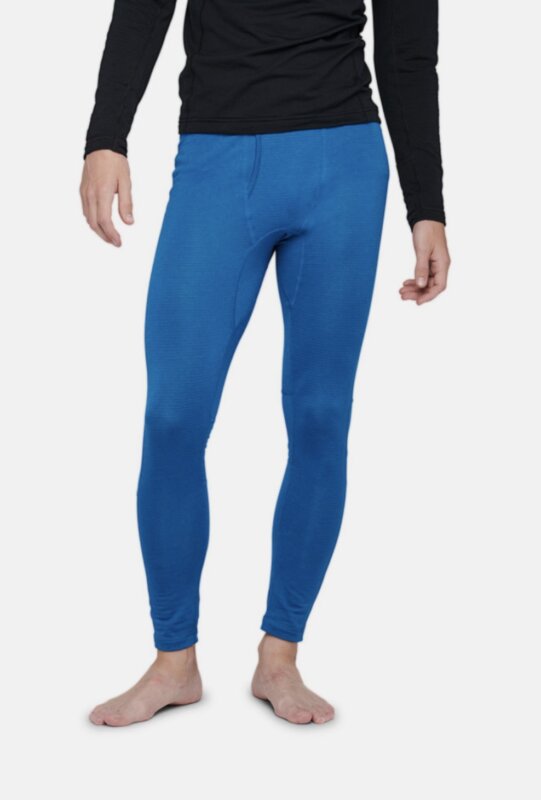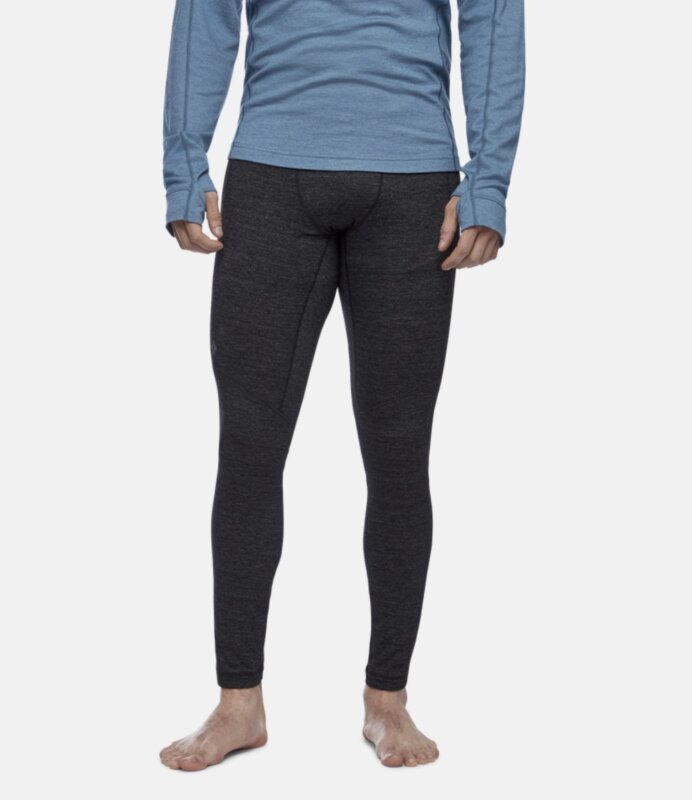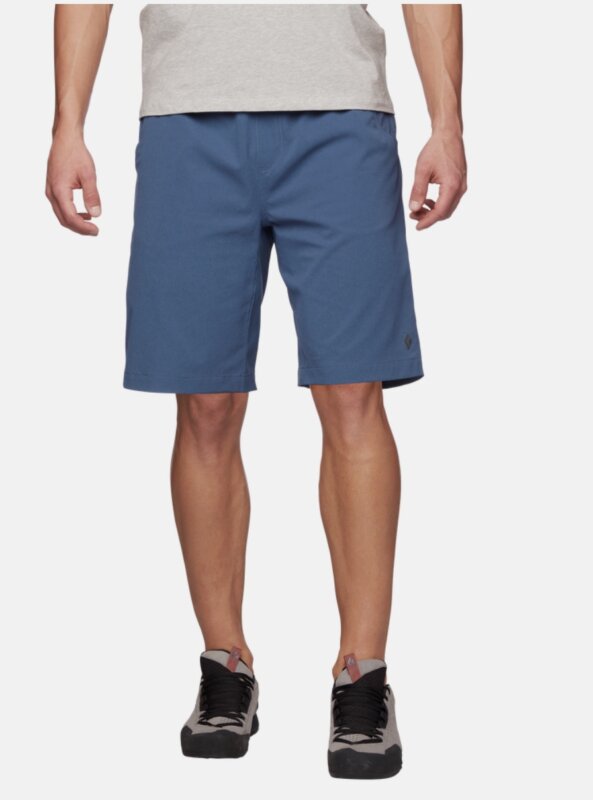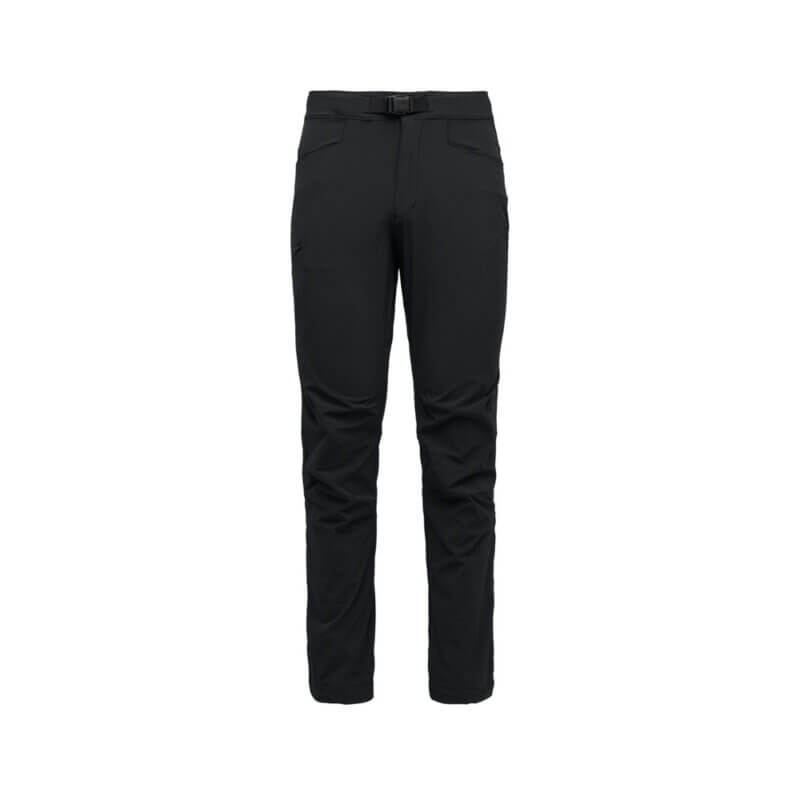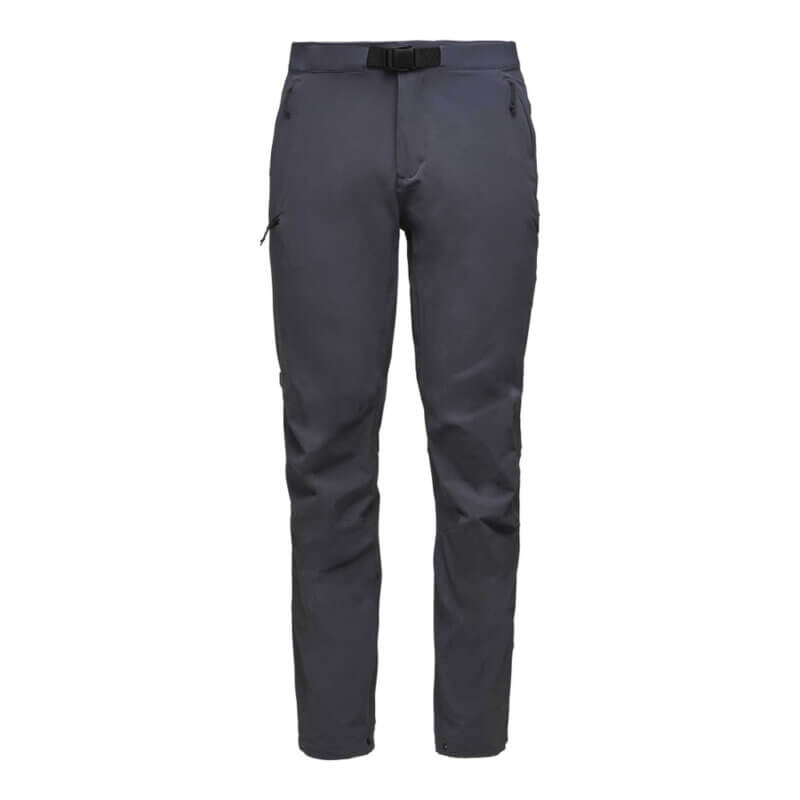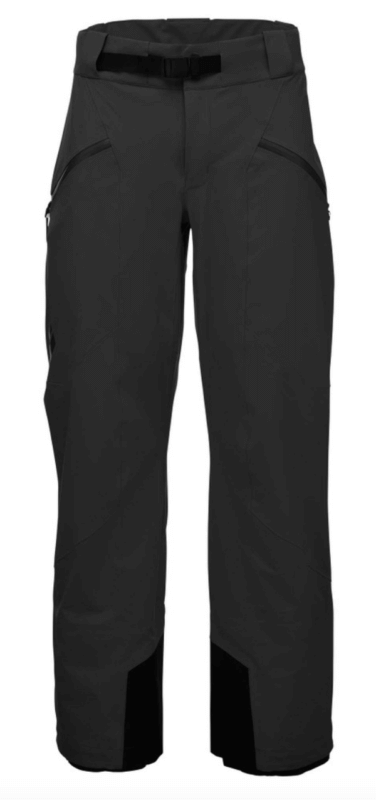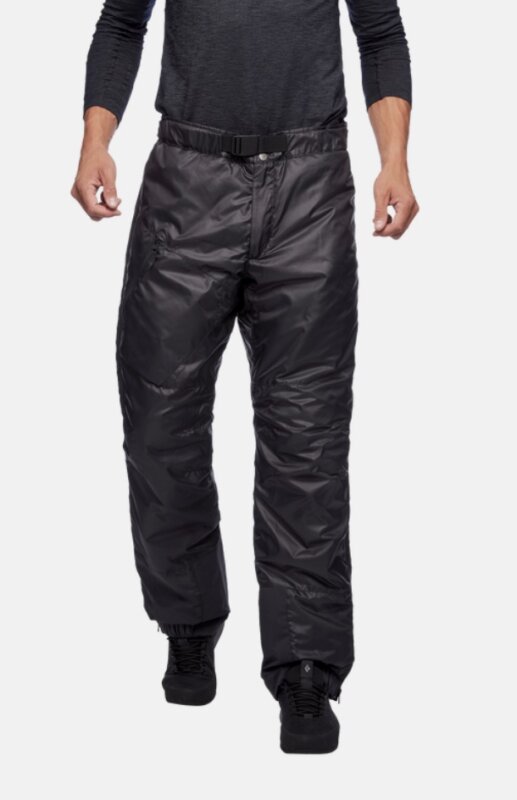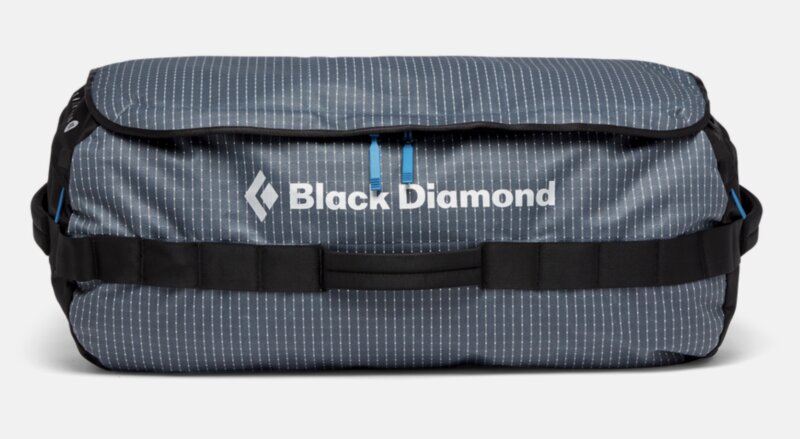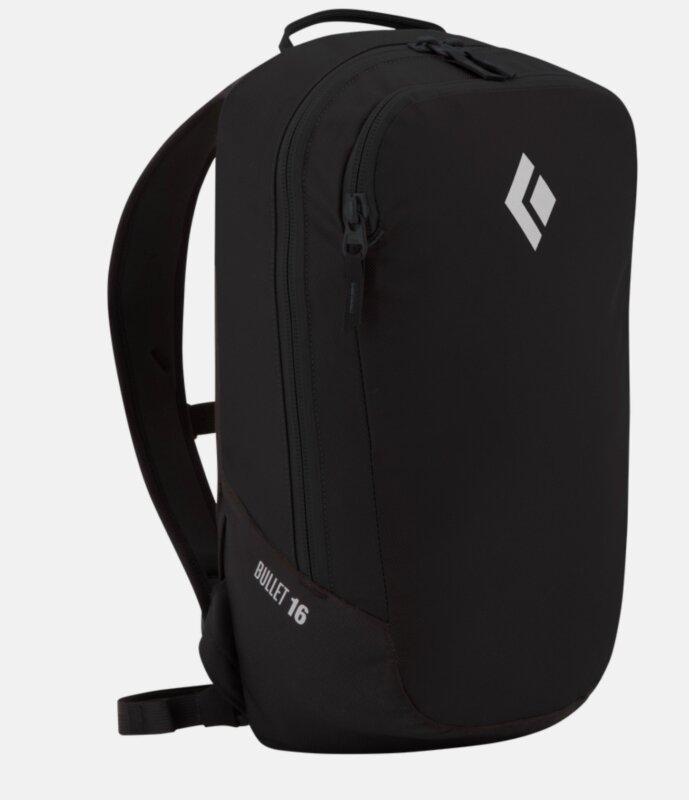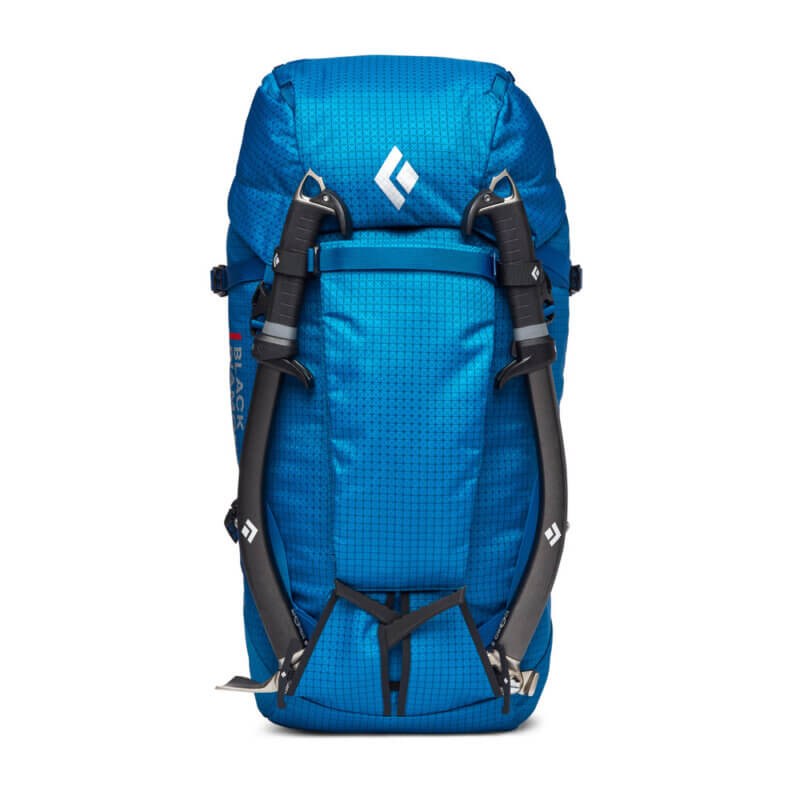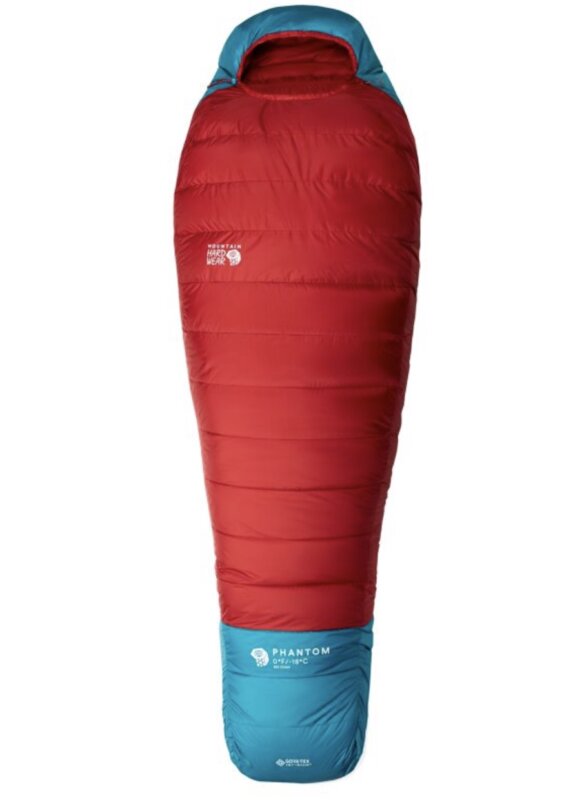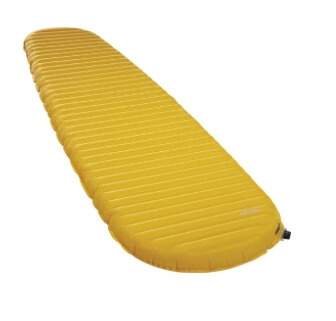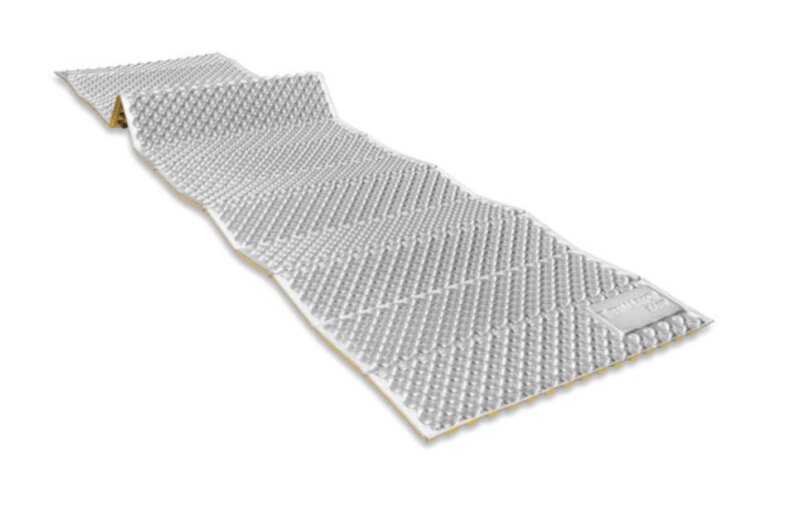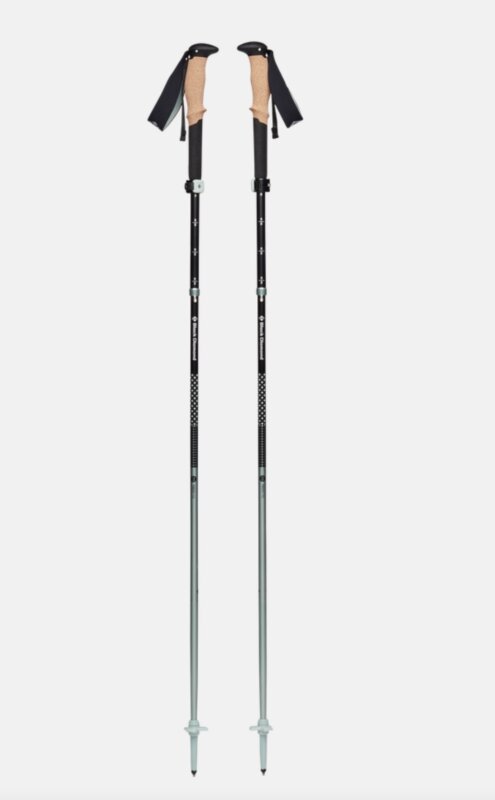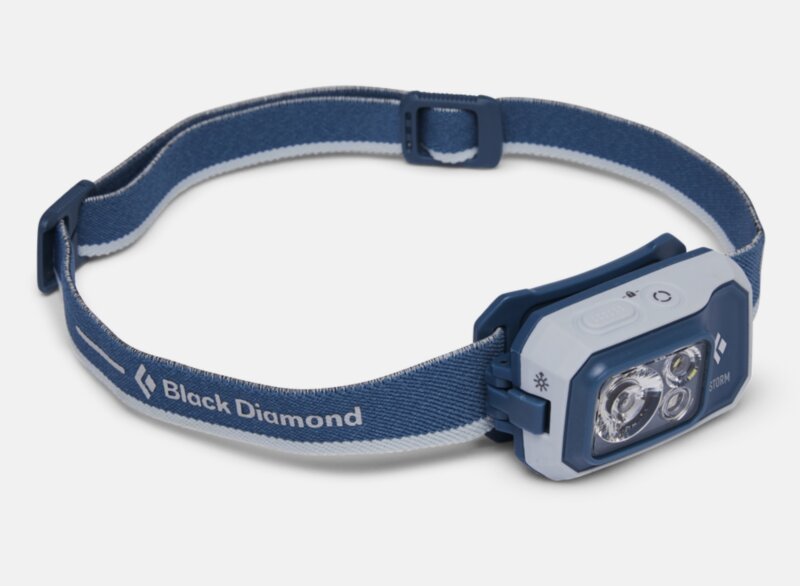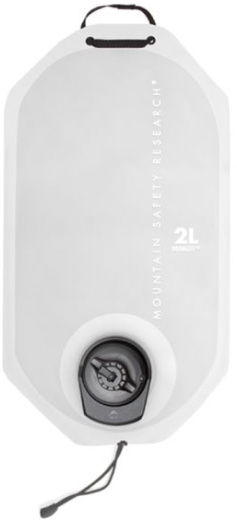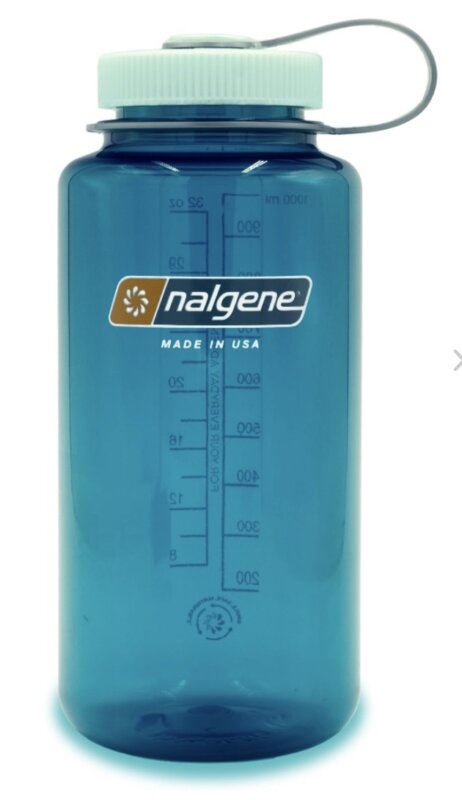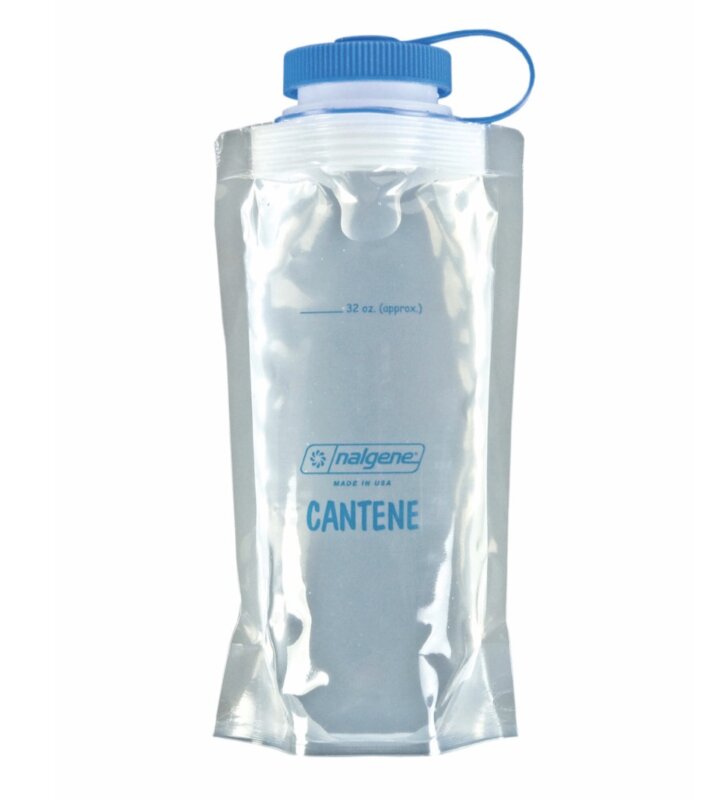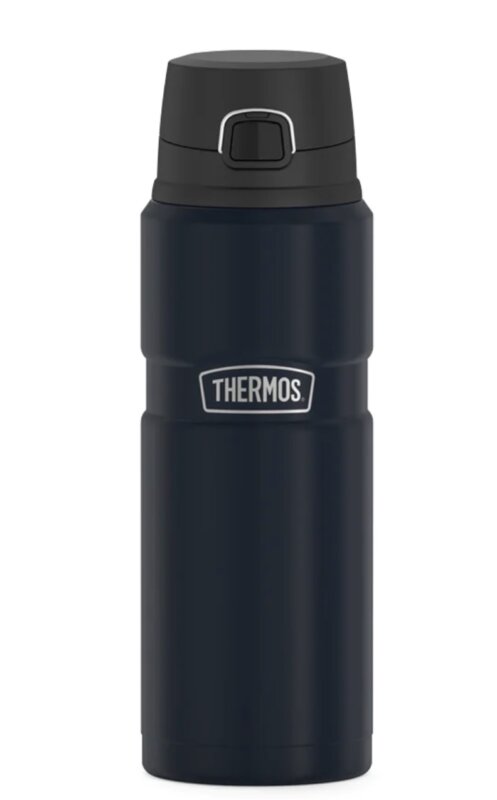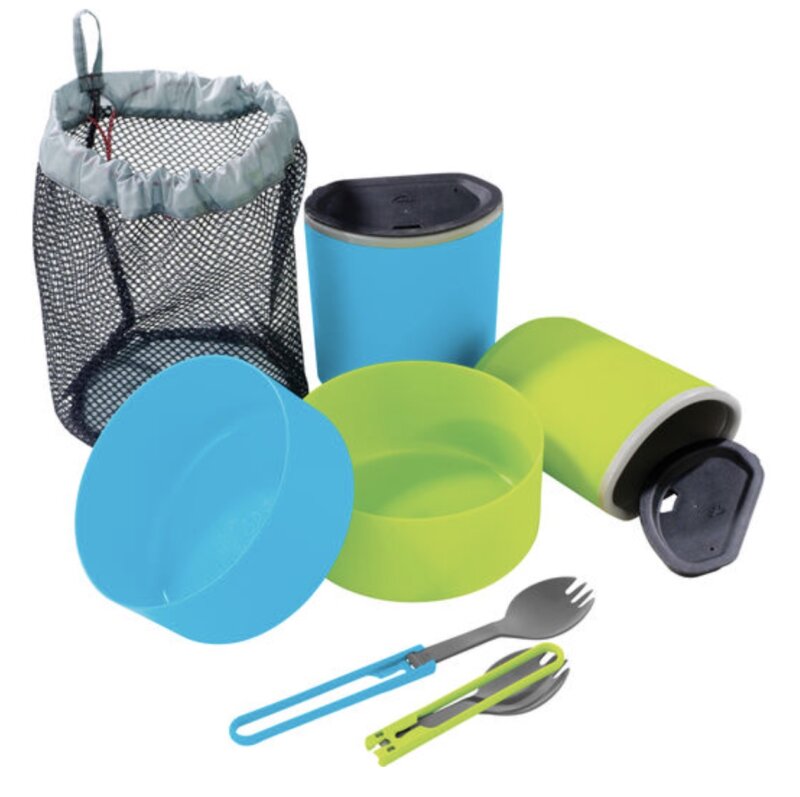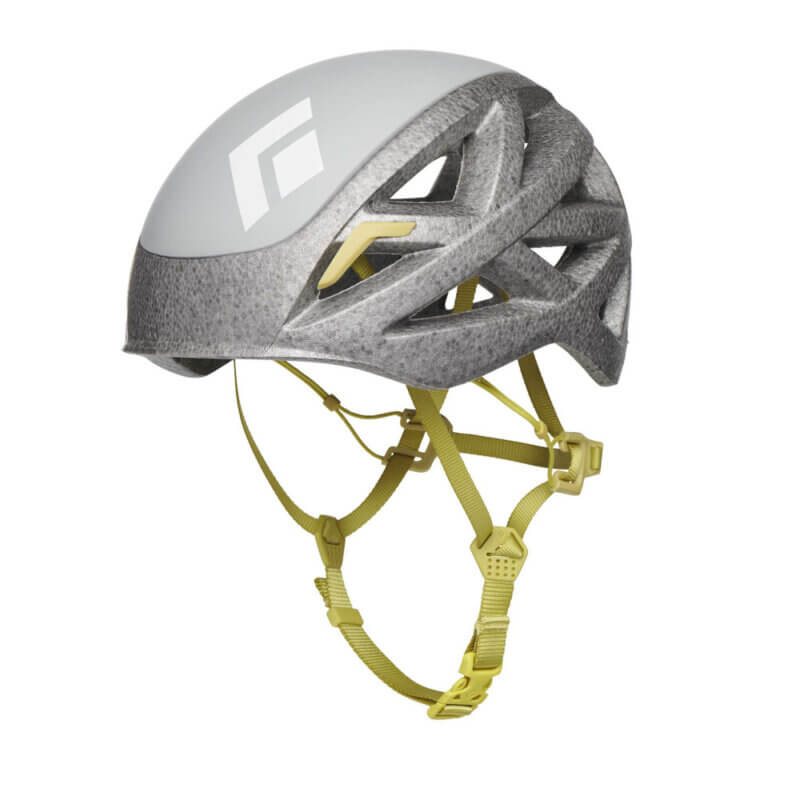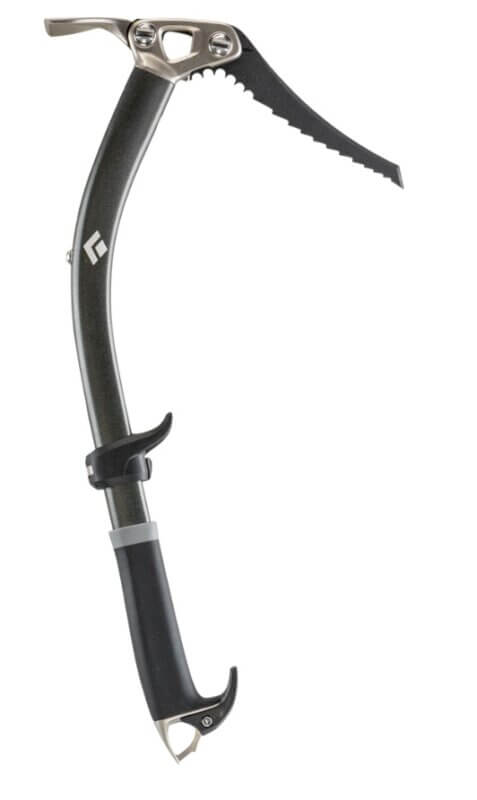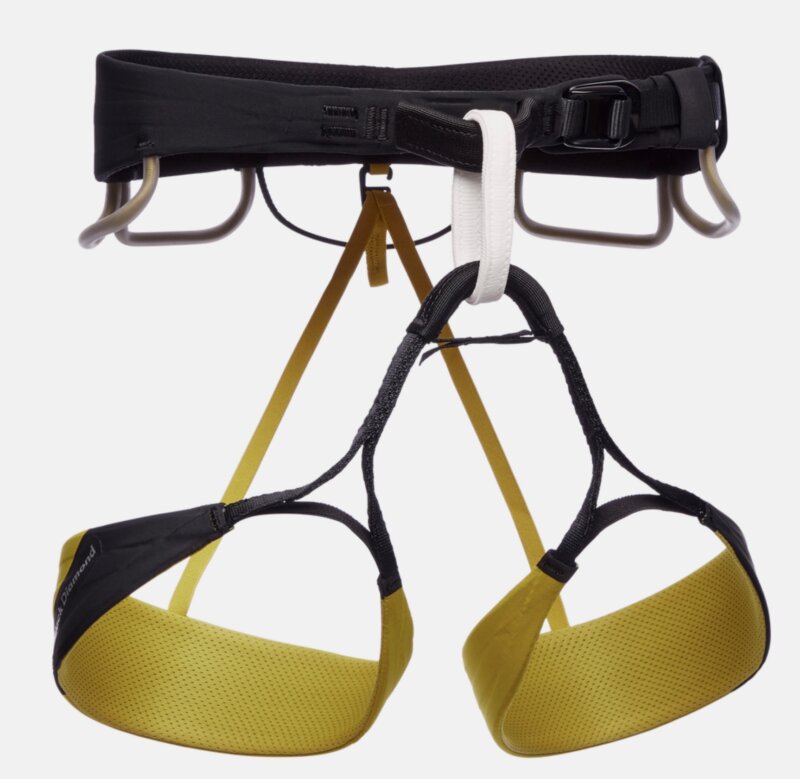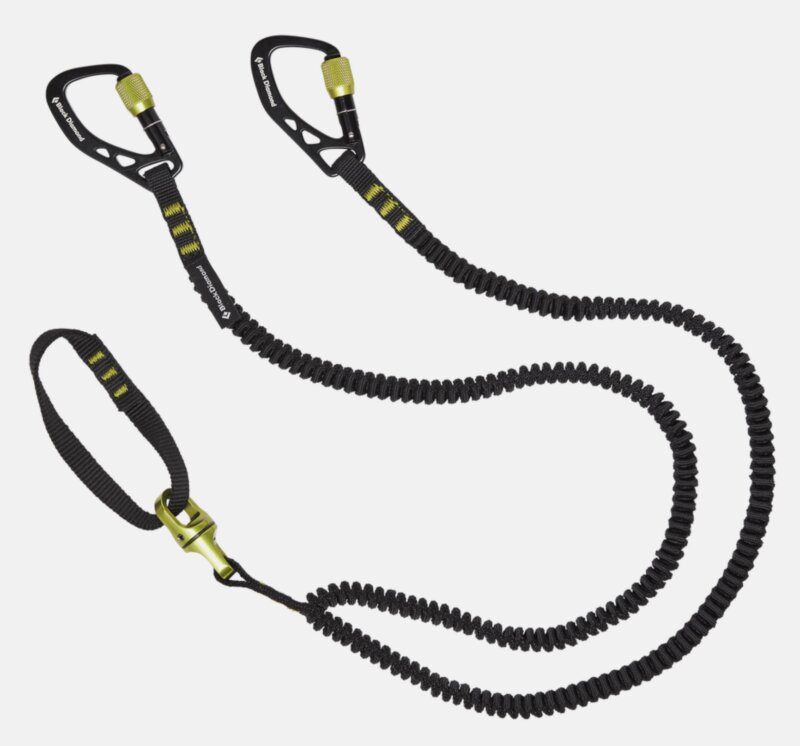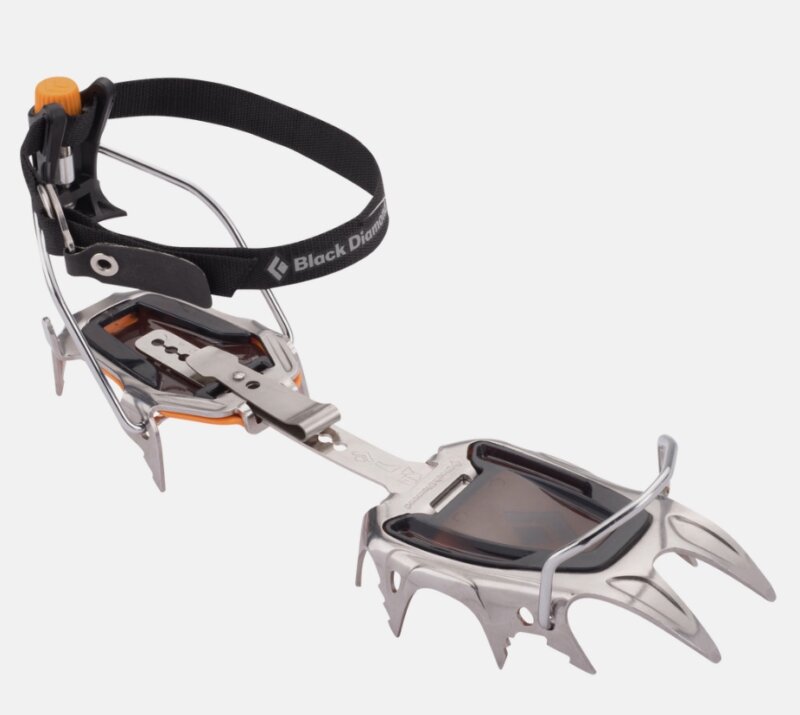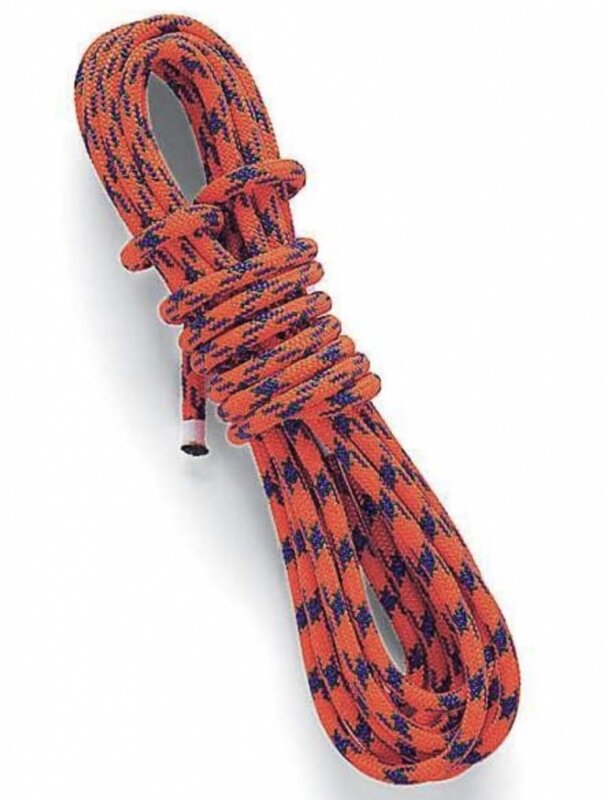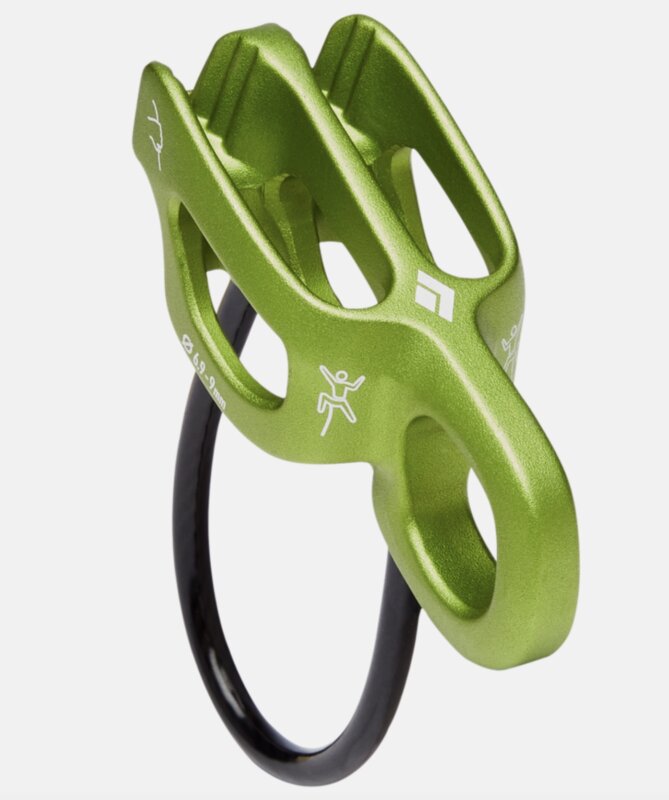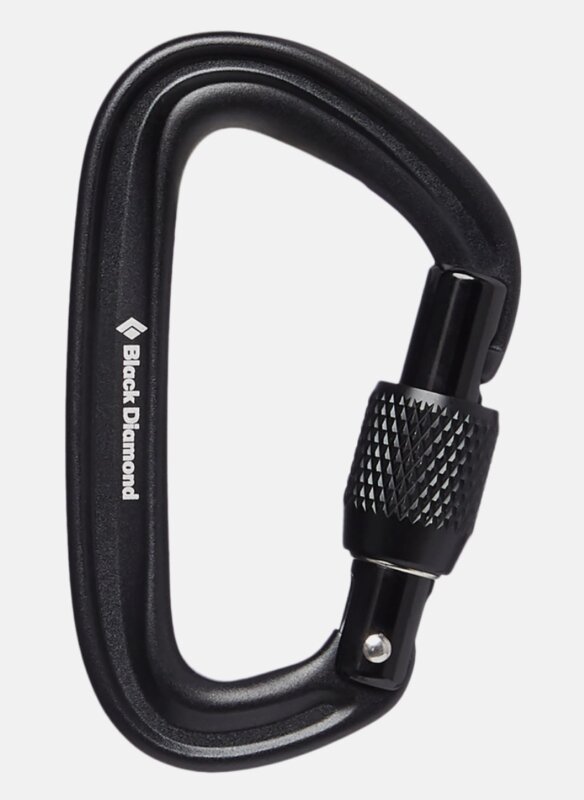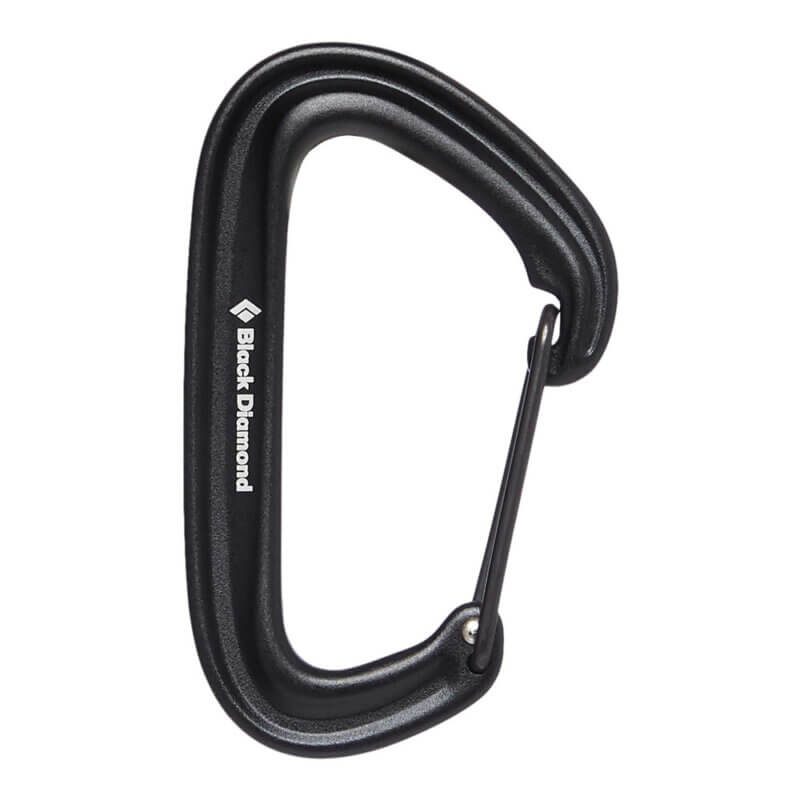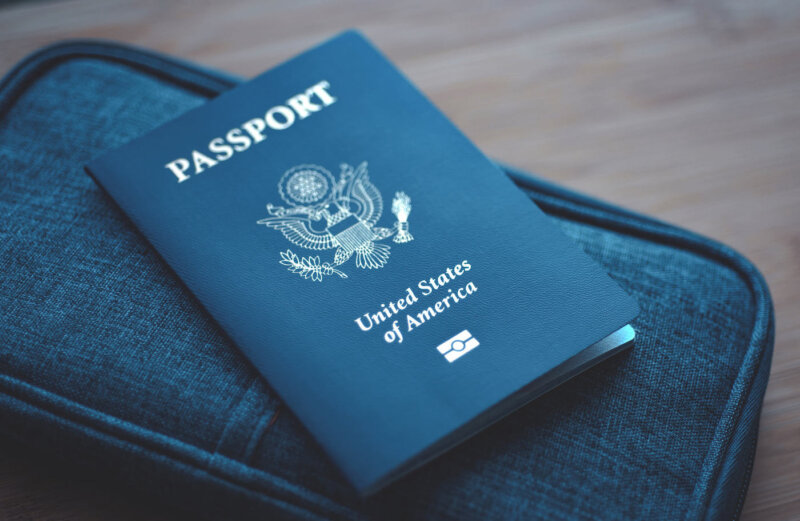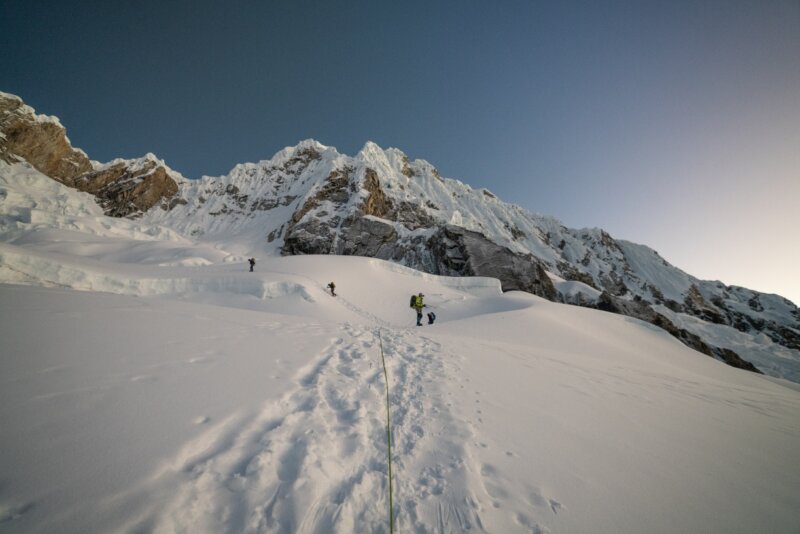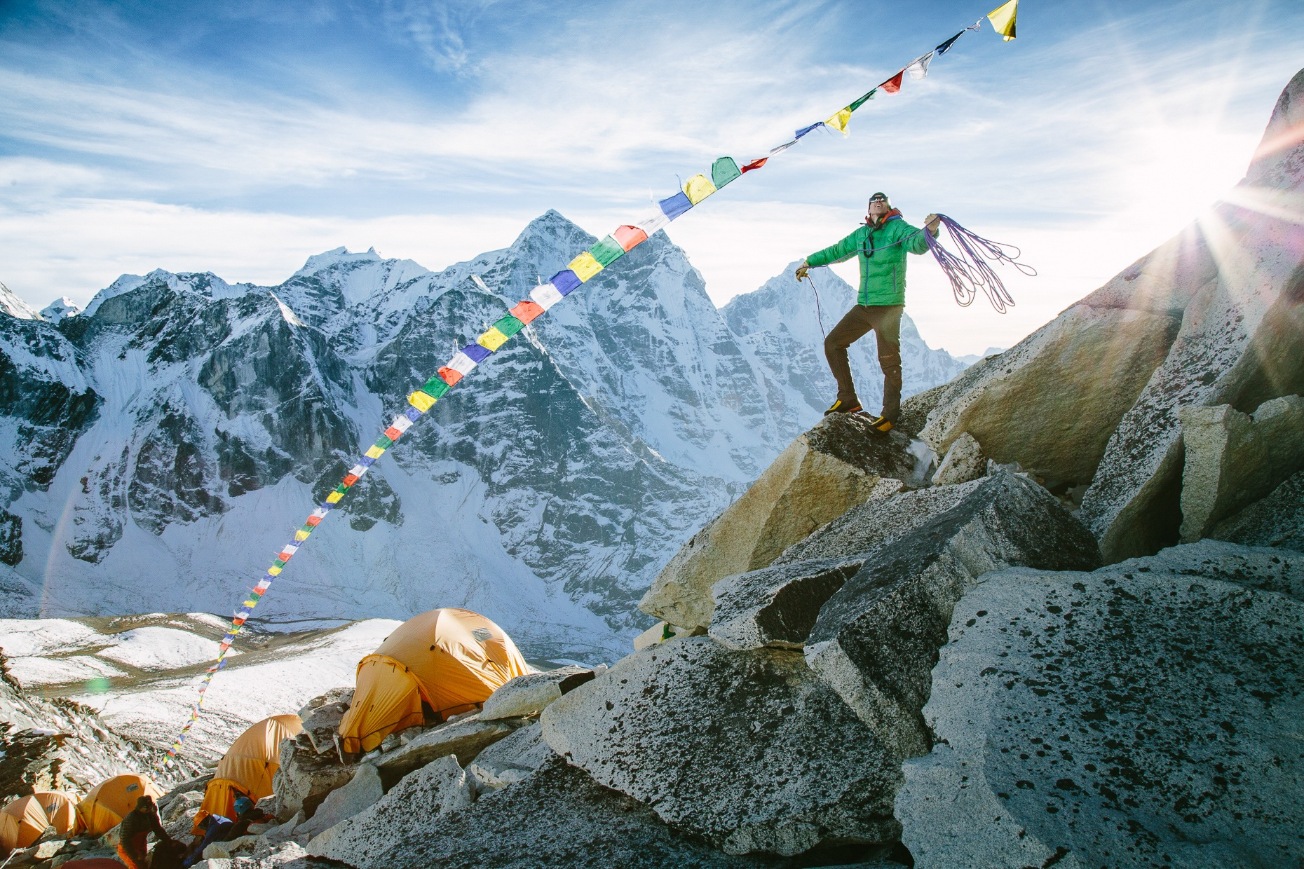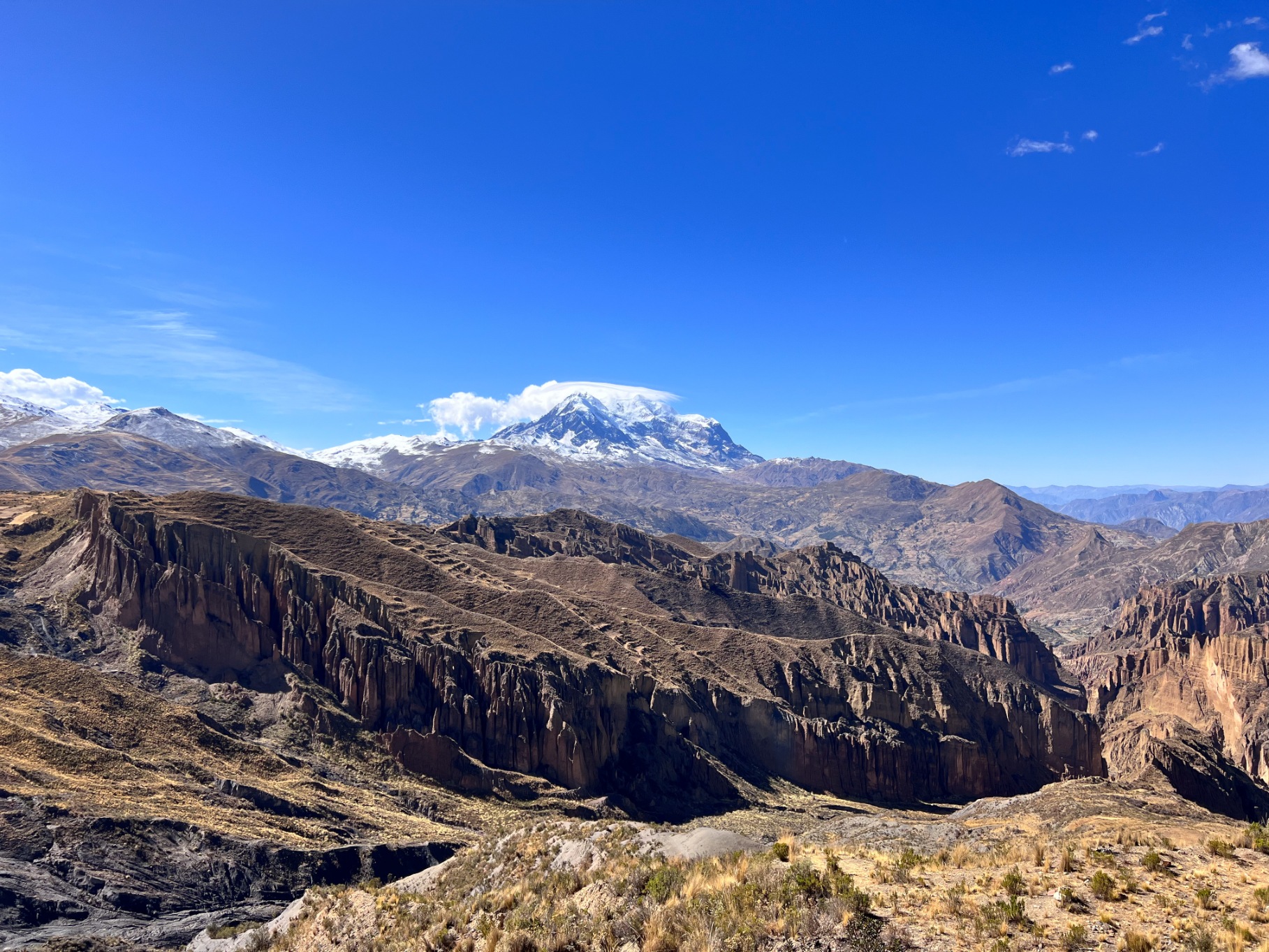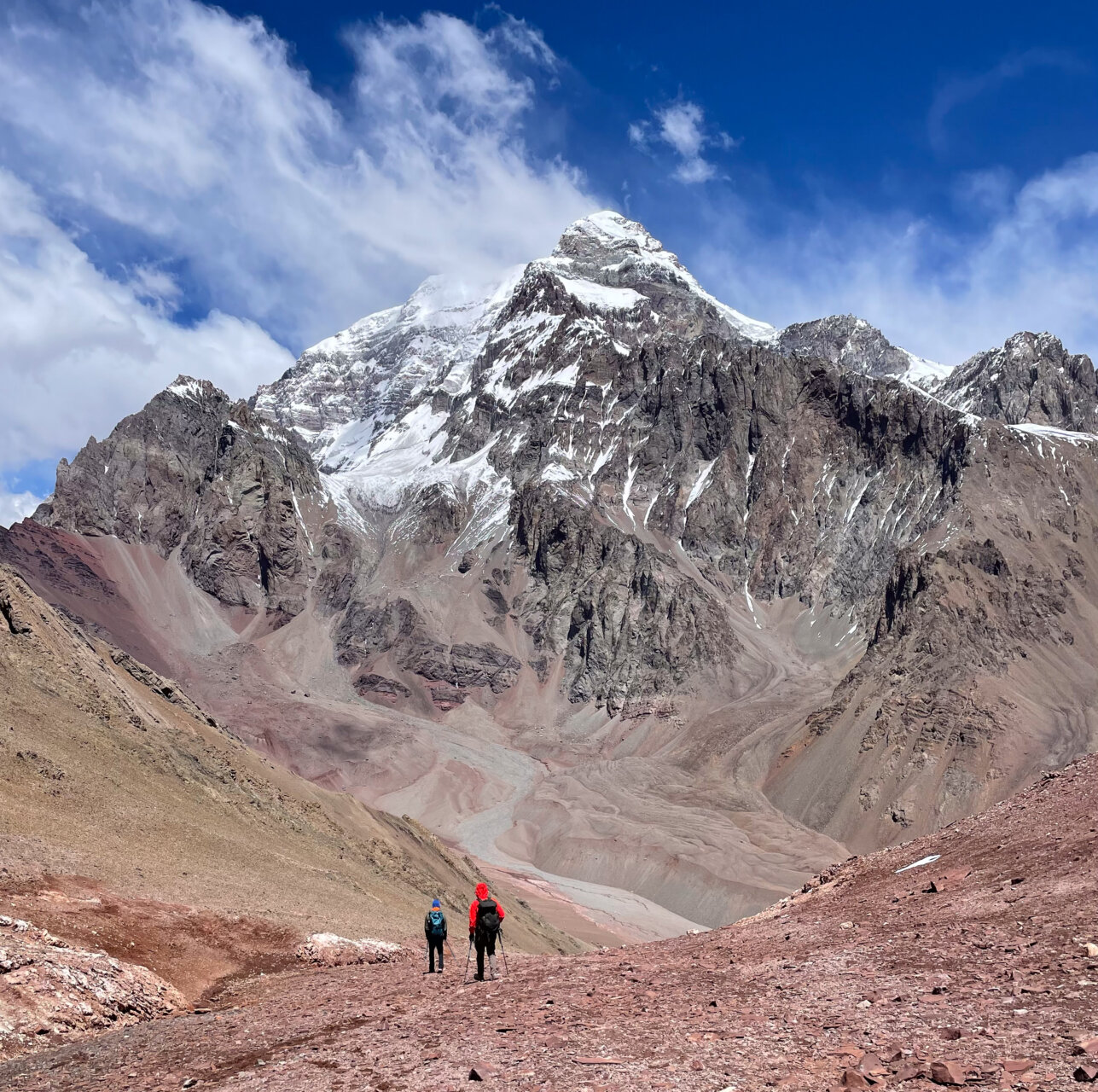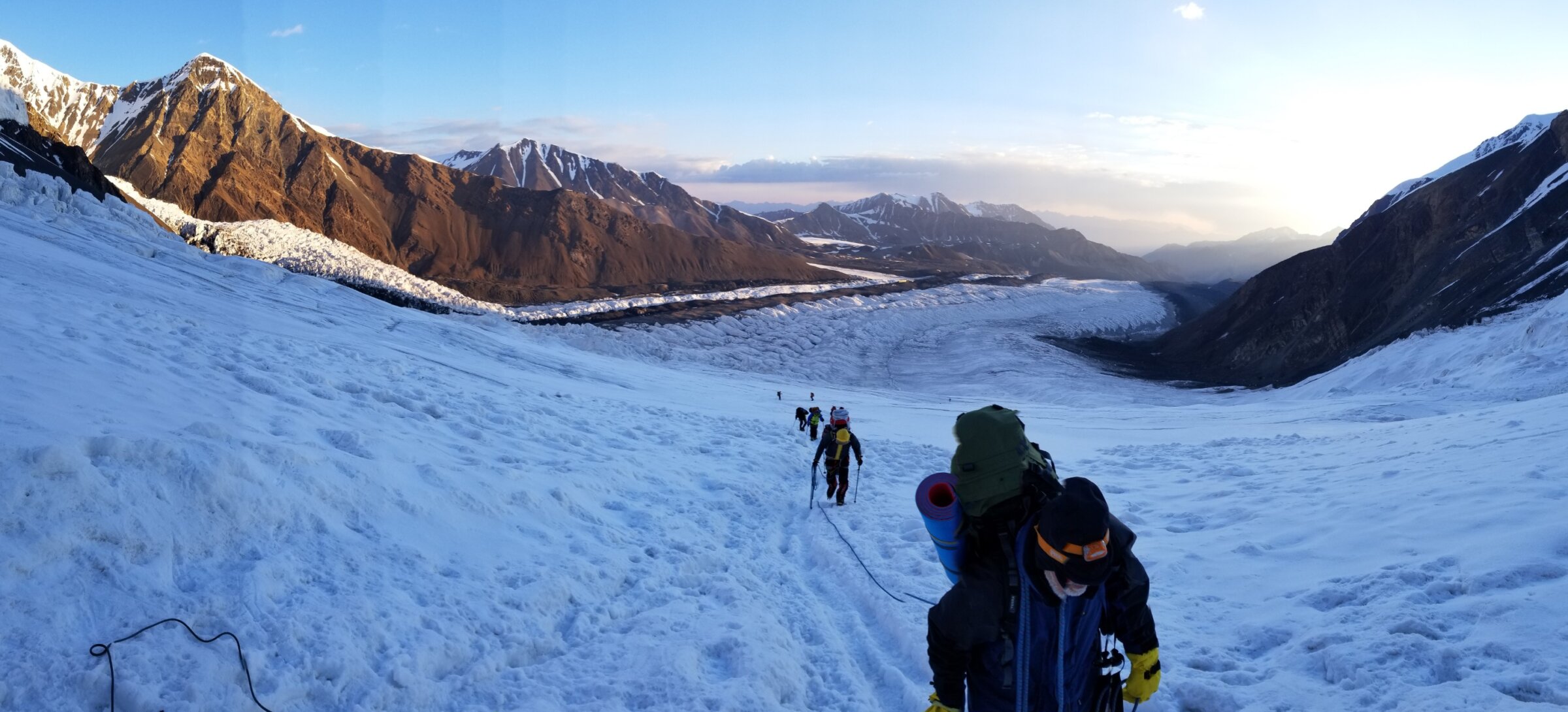Alpamayo & Quitaraju
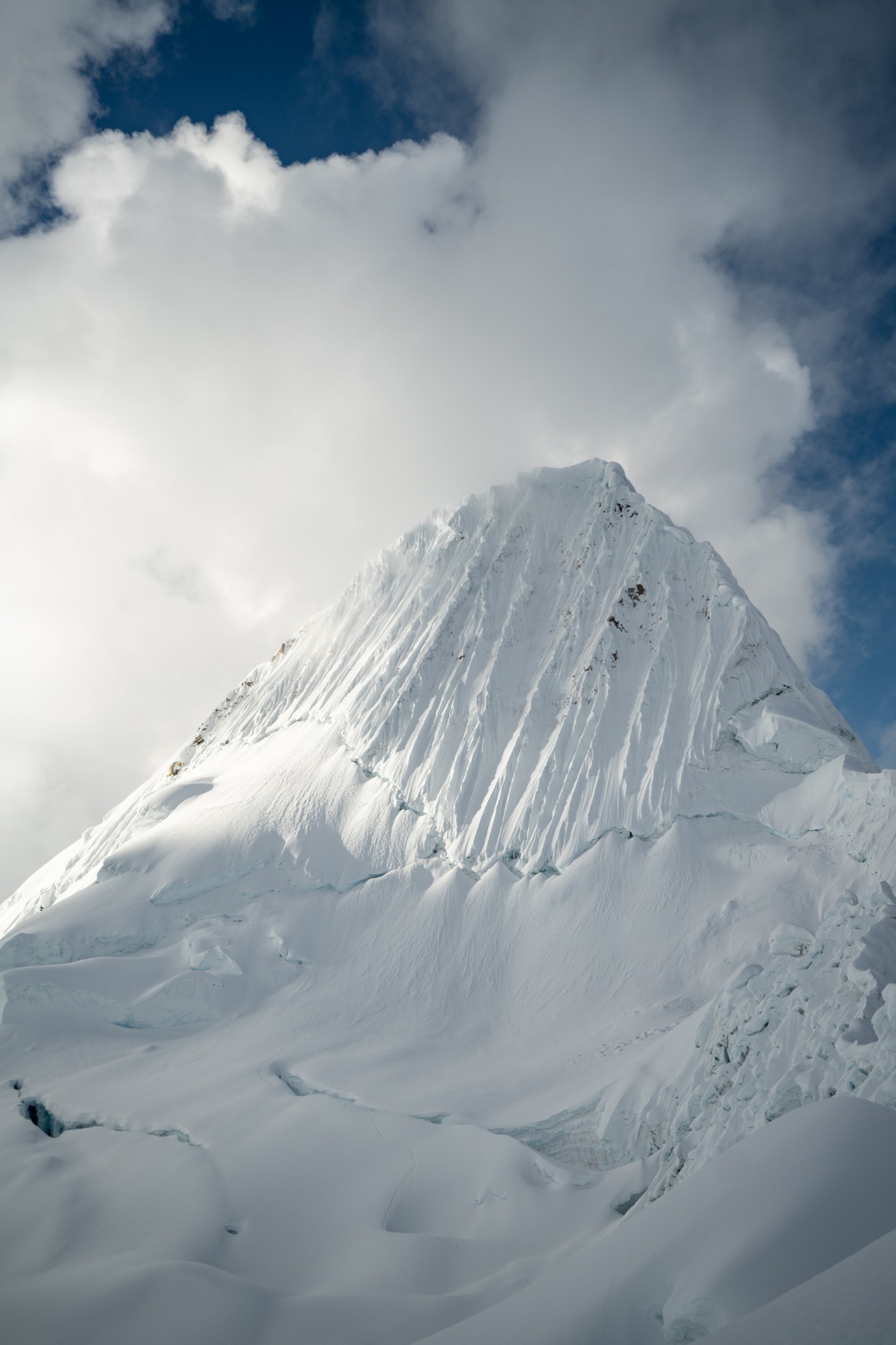
Alpamayo & Quitaraju Expedition
Climb the Most Beautiful Mountain on the Planet.
Alpamayo is the ideal mountain to put your advanced alpine skills to the test, combining the challenges of climbing at altitude with steep ice and snow climbing. Many fledgling high-altitude climbers consider this peak a culmination of their early climbing careers. It has often been named by climbers, magazines, and trekkers as “the most beautiful mountain in the world.”
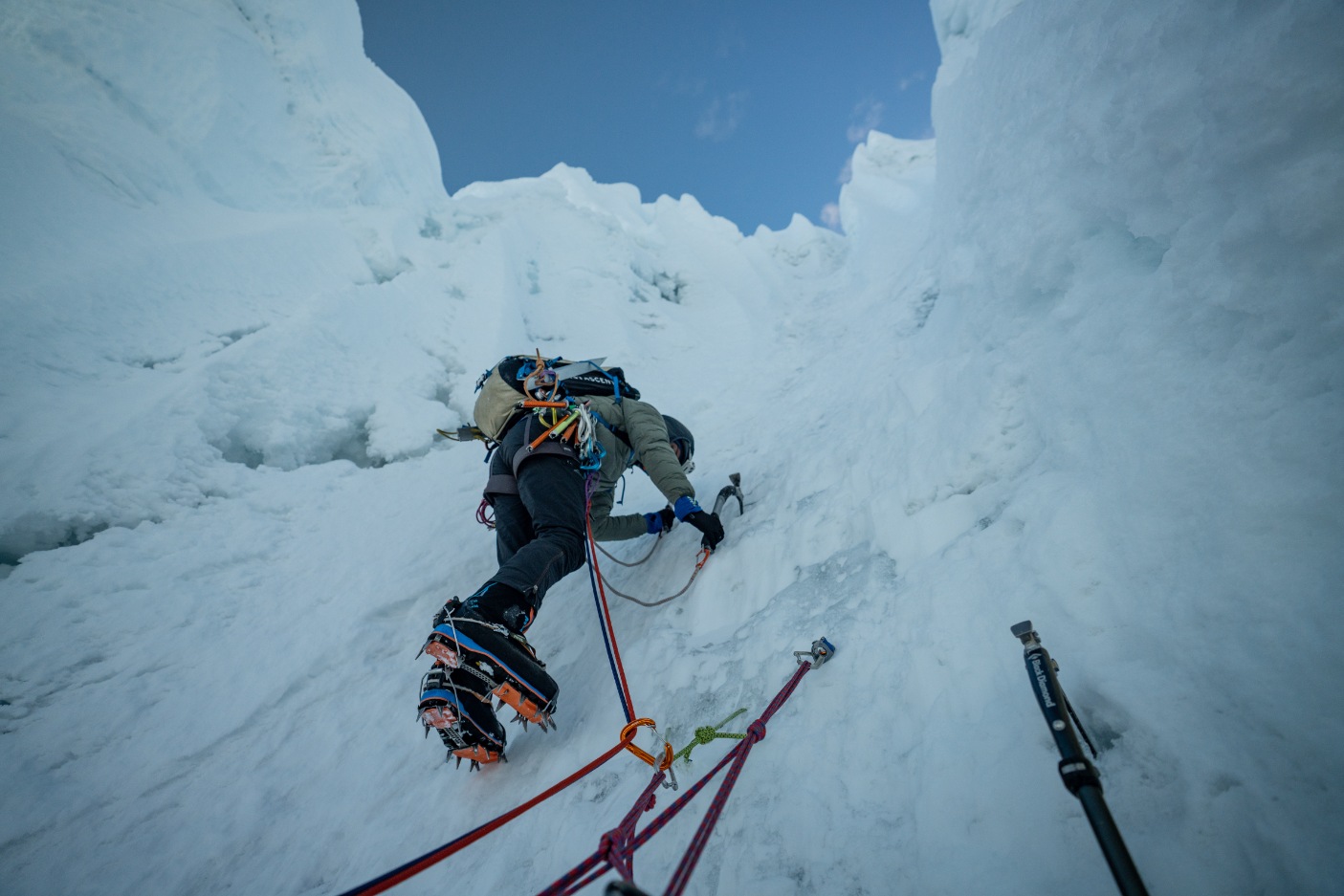
Alpamayo & Quitaraju Expedition Itinerary
- Day 1
- Arrival
Arriving in Lima between 6pm and 12am, clients will be transported to their hotel for a good night’s sleep before departing for Huaraz the next day.
- Day 2
- Drive to Huaraz
Welcome to Huaraz, the climbing capital of South America! After an 8-hour bus ride from Lima, we will arrive at the small, beautiful Olaza Hotel where we will rest and regroup.
- Day 3
- Acclimate and Organize
Organize and acclimatize! We’ll spend this day going over gear and logistics for our expedition, making sure that everyone is ready to spend the next several days at altitude. Additionally, we’ll do our first acclimatization hike to a nearby high-altitude lake.
- Day 4
- Drive and Hike
From Huaraz, we drive 3 hours through the farming communities nestled between the spines of the Cordillera Negra and the Cordillera Blanca to the trailhead in the village of Cashapampa. From there, we’ll organize our burros and hike to Llama Corral (11,500’/3,505m) to camp for the night.
- Day 5
- Establish Base Camp
We will continue to trek past the Santa Cruz lakes until reaching the hanging valley beneath Alpamayo. At 13,500 ft./ 4,115m, we’ll set up our basecamp just at the edge of the treeline.
- Day 6
- Loads to Moraine Camp
From Base Camp, we will make a run up to Moraine Camp (16,000’/4,877’) to stash equipment for our ascent. Upon our return to Base Camp, we’ll fresh, clean food provided by our local logistics operators.
- Day 7
- Rest Day
Rest Day in Base Camp. Today we will review advanced rope skills and prepare our gear for the climb.
- Day 8
- Move to Moraine Camp
Move to Moraine Camp.
- Day 9
- Move to Col Camp
Today, we move onto the glacier and climb to Col Camp (18,000’/5486m). This is often one of the more challenging days of the expedition, as we will be crossing the broken glacier and climbing up to three two-tool snow and neve pitches with full packs. Col Camp boasts some of the best views of any high camp in the world.
- Day 10
- Summit Alpamayo
If the team is feeling strong and well-acclimatized, we will attempt the summit of Alpamayo (19,512’/5,947m). The summit route has a 1-2 hr approach before crossing the bergschrund onto the SW Face. From there we will either attempt the French Direct Route or the Ferrari Route on 55-70 degree snow and ice, before a final knife-edge ridge traverse takes us to the top. We return to high camp by rappelling off the summit.
- Day 11
- Rest Day
Rest Day in Col Camp.
- Day 12
- Summit Quitaraju
If the team is feeling up to it, we will attempt to summit Quitaraju (19, 820’/6,041m) from Col Camp. While not as steep as Alpamayo, the route up the North Face of Quitaraju is considerably longer. After crossing the glacier, 12+ pitches of snow and neve stand between us and the summit.
- Day 13
- Descend to Base Camp
Descent from Col Camp to Base Camp.
- Day 14
- Return to Huaraz
From sunrise in Base Camp, we will ride horses out of the Santa Cruz valley back to Cashapampa. From there, we take a van back to Huaraz for hot showers and celebrations.
- Day 15
- Head back to Lima
Depart for Lima and catch our flights (after 11pm) back home.
